AP World History Unit 0: The World Before 1200
1/56
There's no tags or description
Looks like no tags are added yet.
Name | Mastery | Learn | Test | Matching | Spaced |
|---|
No study sessions yet.
57 Terms
paleolithic
(Old Stone Age) a long period of human development before the development of agriculturekinsh
pastoral
societies were characterized by the domestication of animals but they usually did not settle down and farm or build towns - nomadic, facilitated trade and spread technology, religions, and ideas
conduit
a means by which something is transmitted
surplus
More of something than as needed.
metallurgy
the science of working with metals
agrarian
relating to land; relating to the management or farming of land
elite
People of wealth and power; upper class -- did not emerge until settled societies developed
egalitarian
believing in the social and economic equality of all people - existing before setting societies in hunter-gatherer groups
patriarchy
a form of social organization in which the father is the supreme authority in the family, clan, or tribe and descent is reckoned in the male line, with the children belonging to the father's clan or tribe.
Neolithic Revolution
(10,000 - 8,000 BCE) The development of agriculture and the domestication of animals as a food source. This led to the development of permanent settlements and the start of civilization.
specialization
The concentration of the productive efforts of individuals and firms on a limited number of activities; increases efficiency
social hierarchy
The division of society by rank or class.
Mesopotamia
(land between the rivers) The region between the Tigris and Euphrates rivers; birthplace of the Sumerian and Babylonian Civilizations. Participated in state expansion and empire building

Ancient Egypt
An ancient civilization centered around the Nile River; unified by Menes around 3000 B.C.; divided into the old, middle, and new kingdoms; main gods included Osiris, Isis, Re, and Horus; believed in Divine Kingship; participated in state expansion and empire building
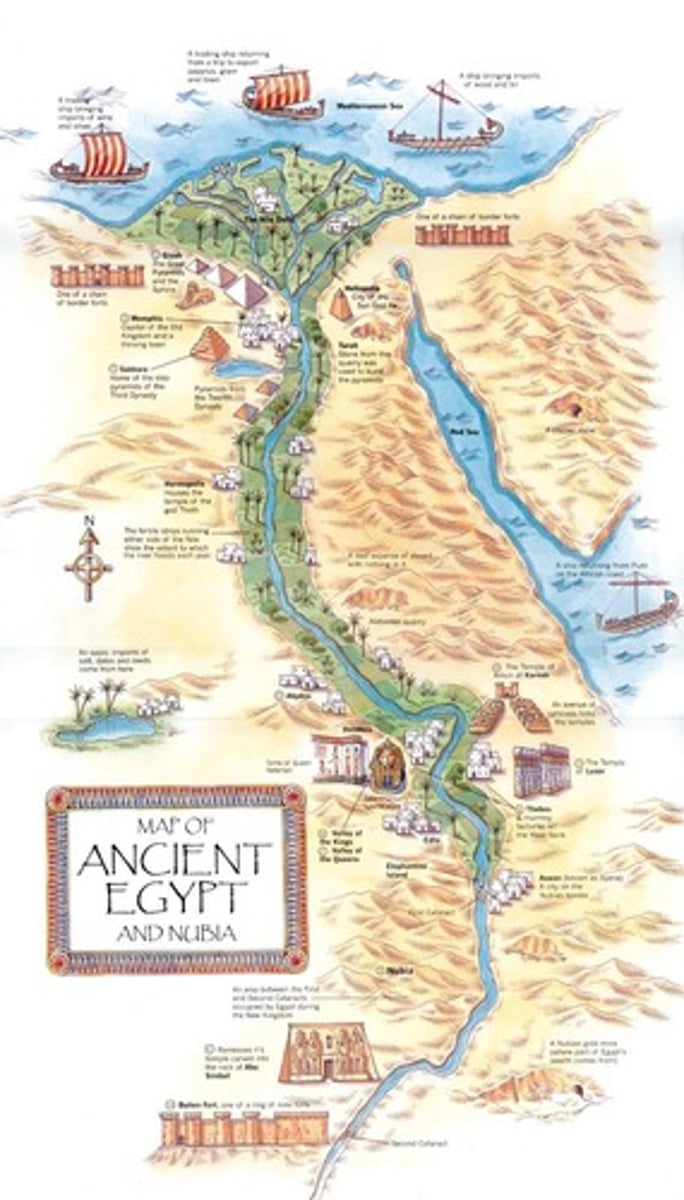
disseminate
To scatter or spread widely
monumental architecture
Large structures, such as pyramid, temples, public spaces, and large statues, that tend to appear wherever powerful leaders emerge; a feature of all agrarian civilizations.
urban planning
The area of land use planning which explores several aspects of built and social environments of municipals and communities.
Code of Hammurabi
credited as the first written law code; written by a Babylonian king and established the basis for law codes
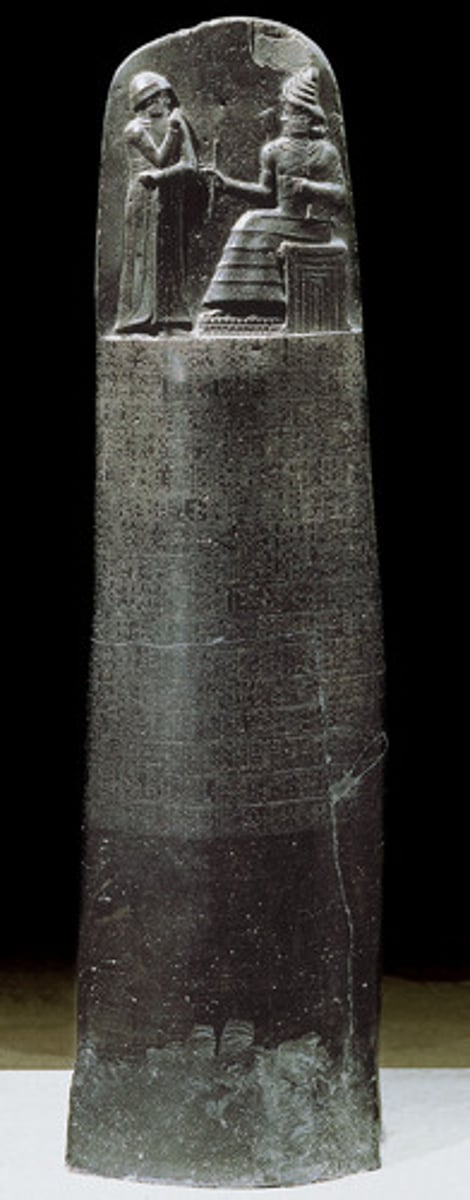
Zoroastrianism
One of the first monotheistic religions, particularly one with a wide following. It was central to the political and religious culture of ancient Persia.
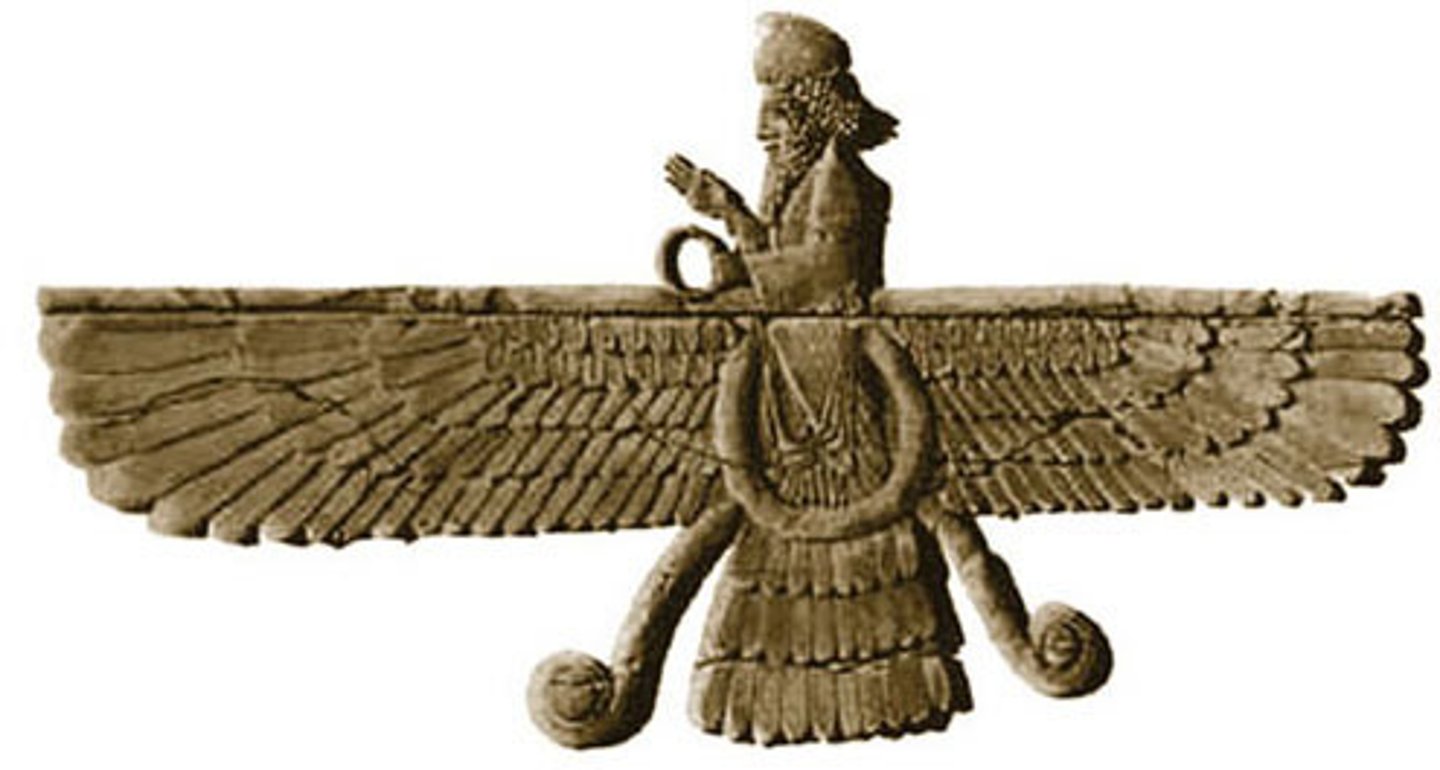
Judaism
A religion with a belief in one god. It originated with Abraham and the Hebrew people. Yahweh was responsible for the world and everything within it. They preserved their early history in the Old Testament.
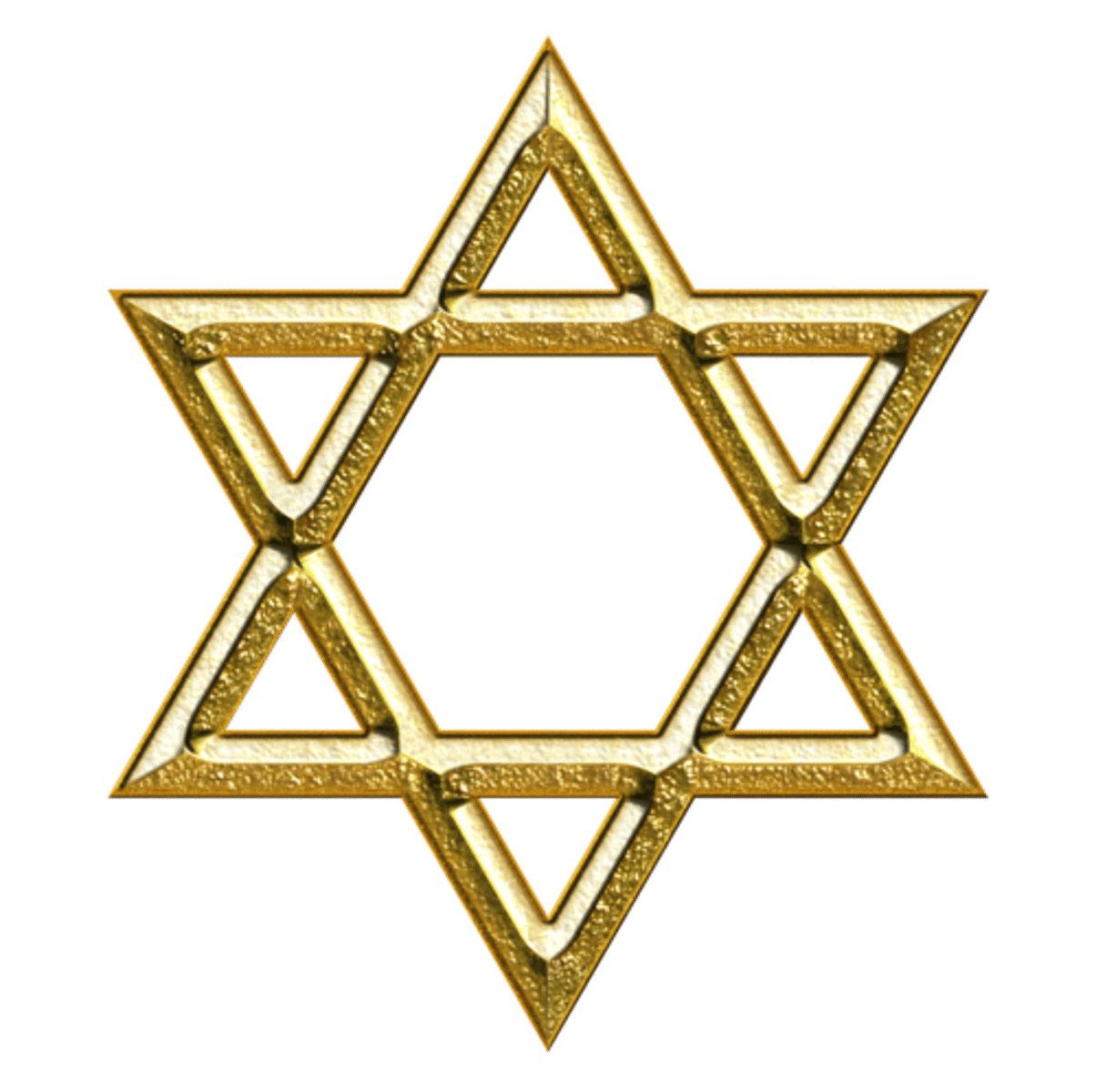
Vedic religion
The ancient religion of the Aryan peoples who entered northwestern India from Persia c. 2000-1200 B.C.E. It was the precursor of Hinduism, and its beliefs and practices are contained in the Vedas
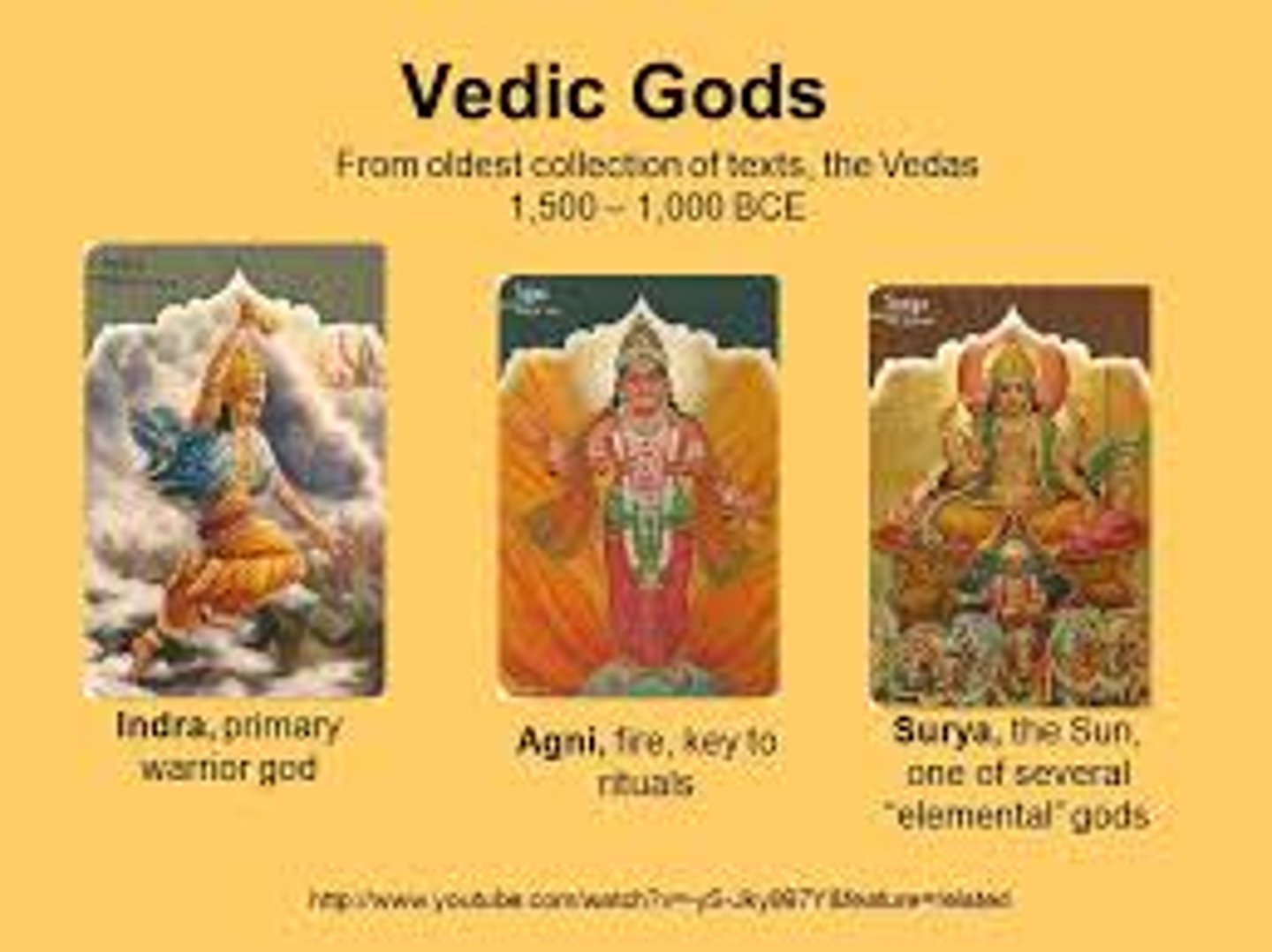
diaspora
any group migration or flight from a country or region; dispersion. Particularly used in relation to Jews scattered by Romans in 70 CE or to Africans spread to new places during the Atlantic Slave Trade.
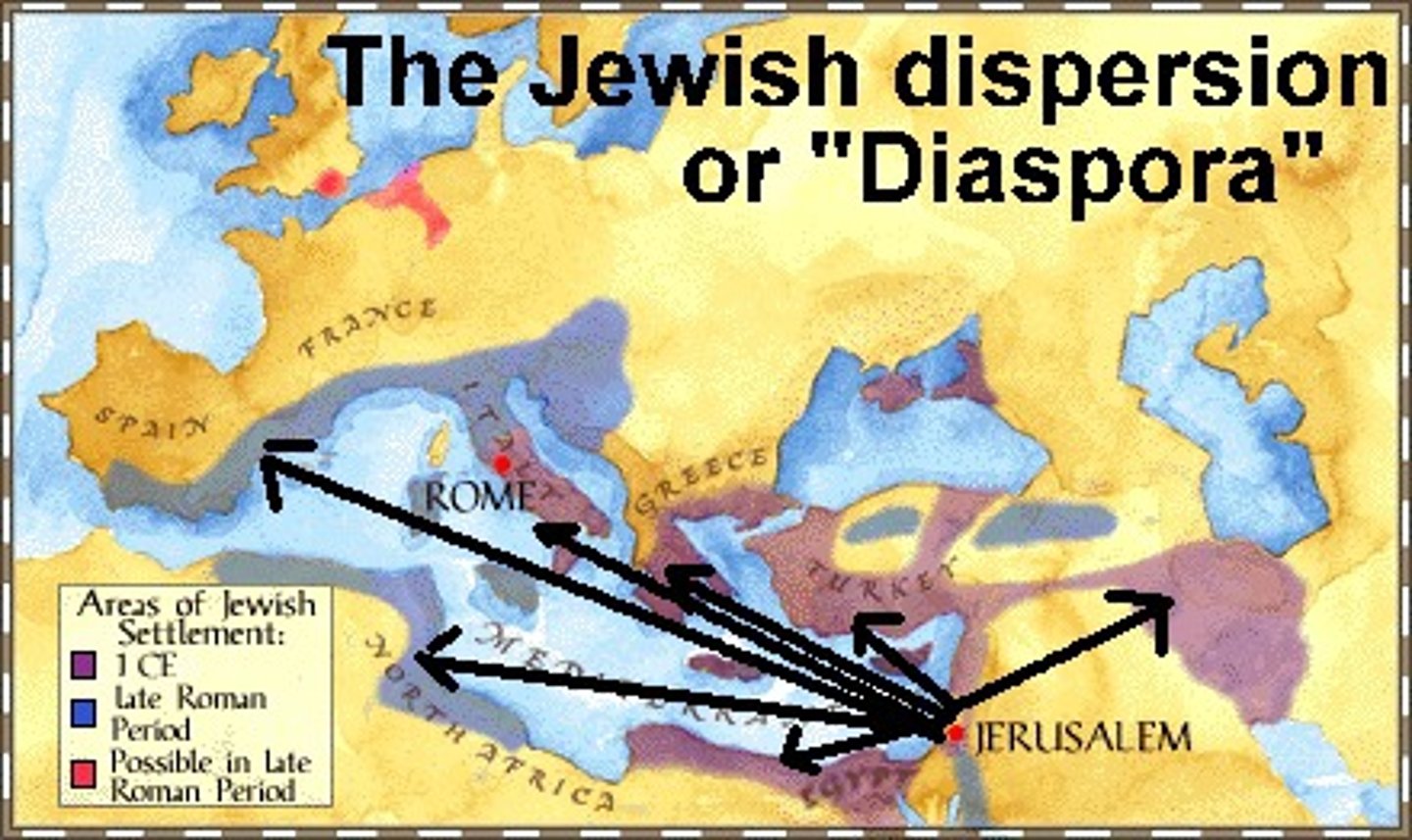
Hinduism
A religion and philosophy developed in ancient India, characterized by a belief in reincarnation, karma, the caste system, and a supreme being who takes many forms
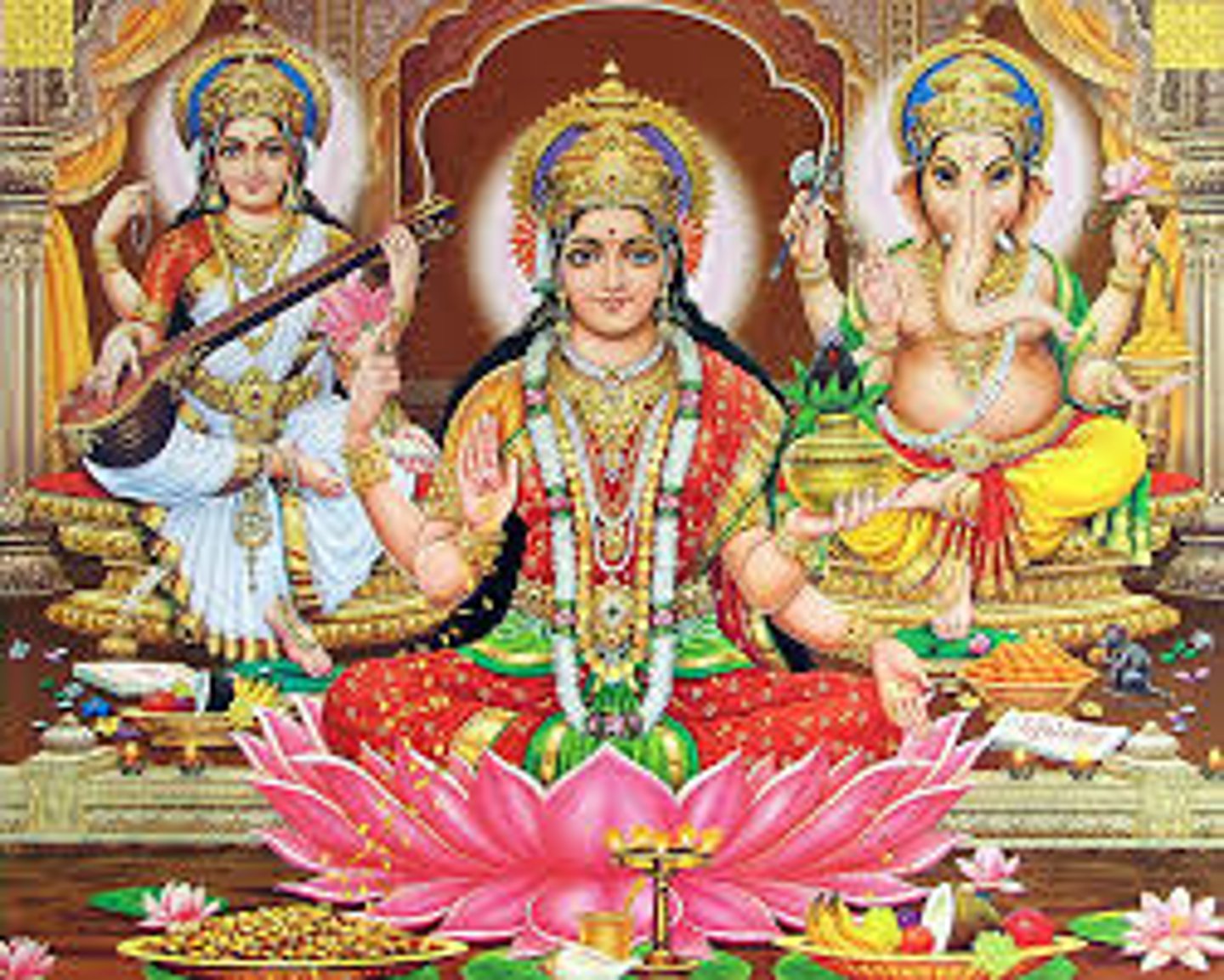
Buddhism
A religion with origins in IndiaMau in which Buddha's teachings that life is permeated with suffering caused by desire and suffering ceases when desire ceases. Enlightenment obtained through right conduct, wisdom, and meditation releases one from desire, suffering, and rebirth (reincarnation).
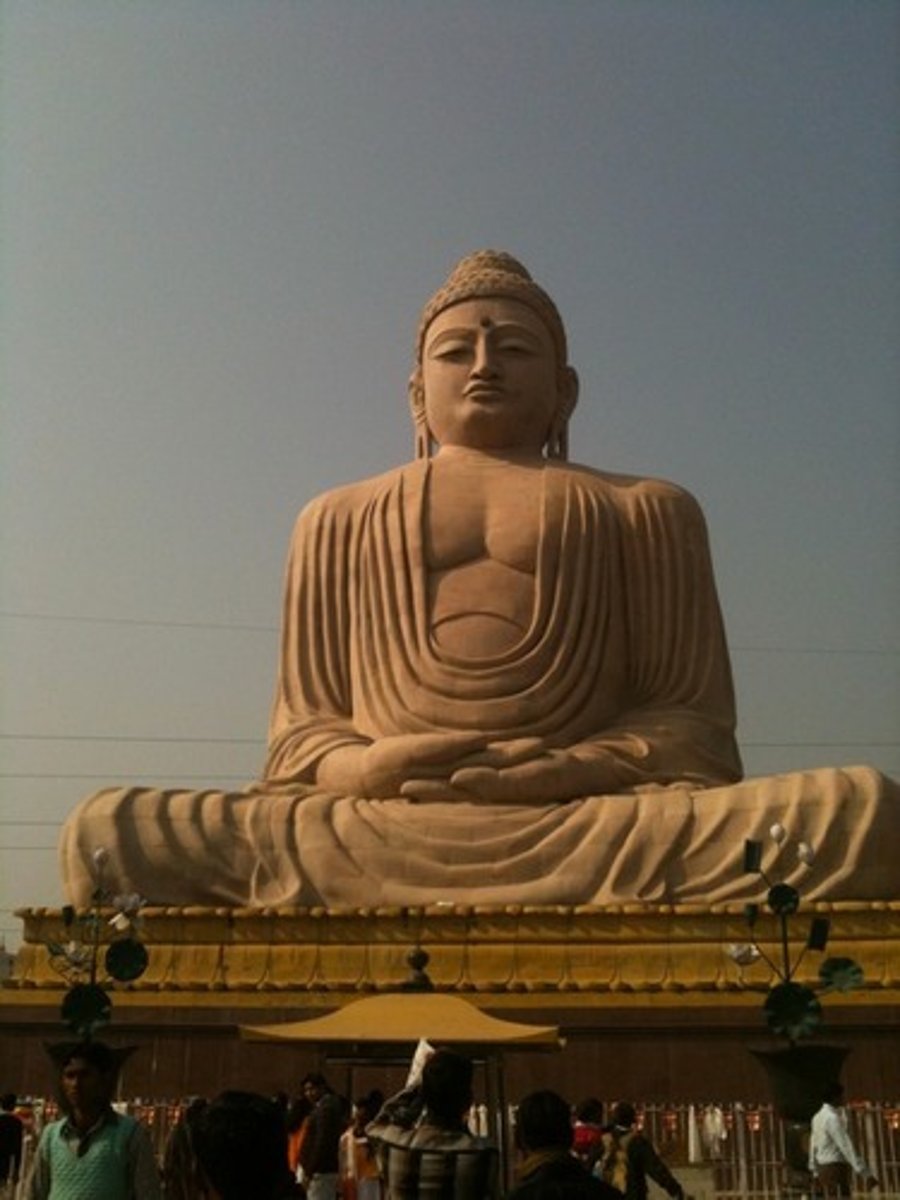
Emperor Ashoka
Maurya empire of India (320-185 BC); greatest emperor of India; conversion to Buddhism and spread Buddhism throughout India by building shrines and pillars for Buddhists
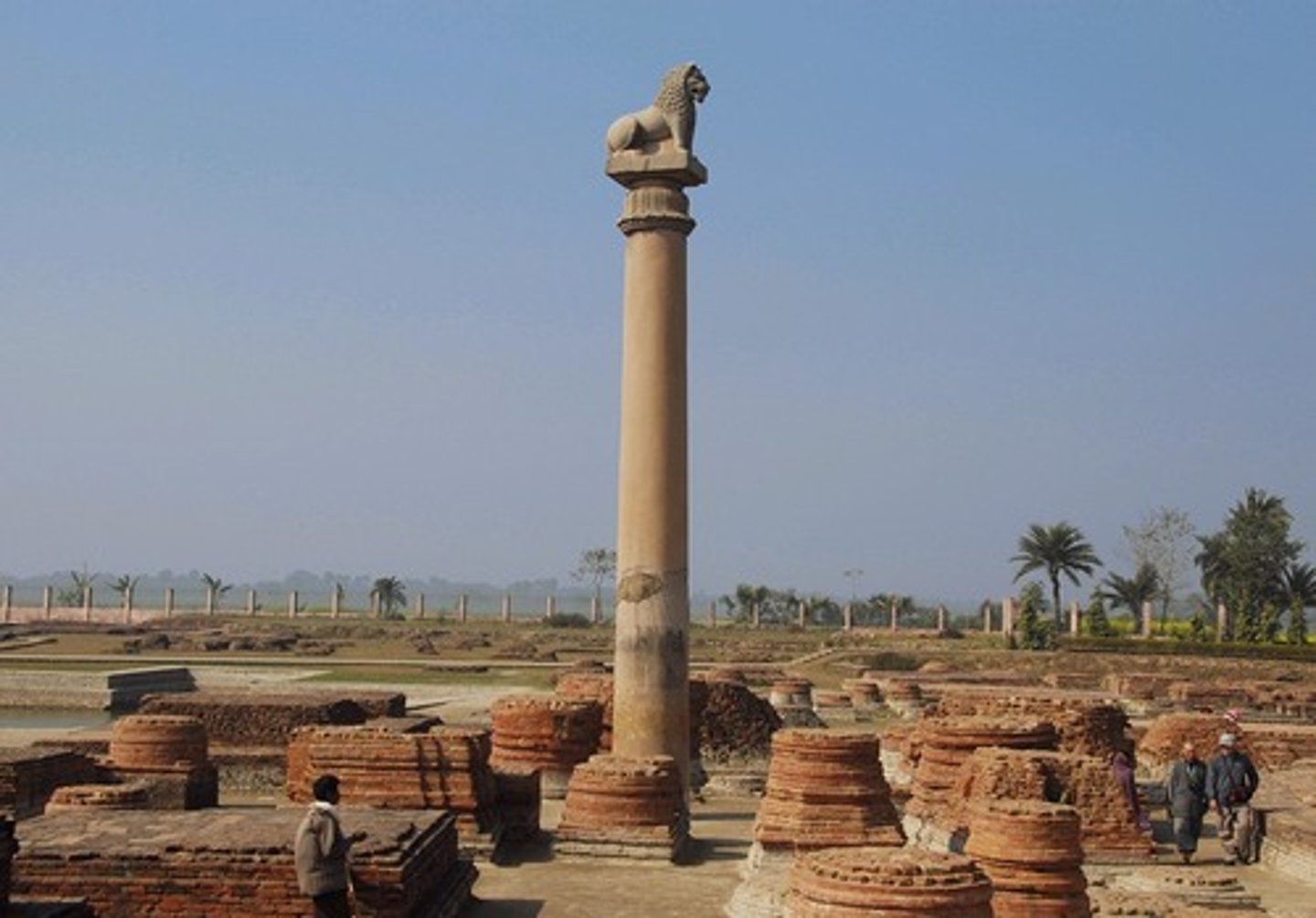
Confucianism
A philosophy that adheres to the teachings of the Chinese philosopher Confucius. It shows the way to ensure a stable government and an orderly society in the present world and stresses a moral code of conduct.
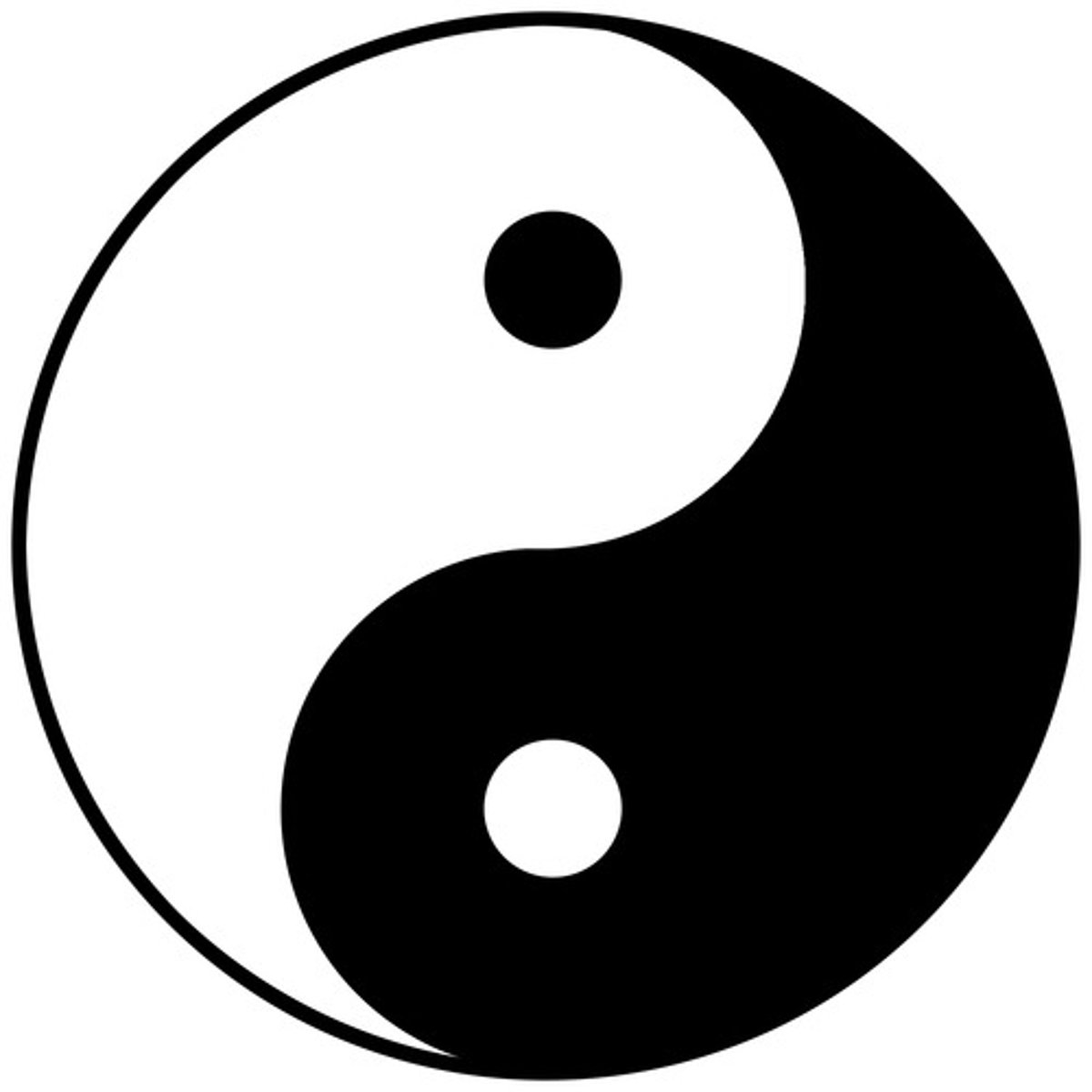
five relationships
Confucian philosophy about social order where everyone has a place and respect is paid to elders, parents, and the government. The relationships are, ruler to ruled, father to son, older brother to younger brother, husband to wife, friend to friend.
filial piety
In Confucian thought, one of the virtues to be cultivated, a love and respect for one's parents and ancestors.
Mandate of Heaven
A political theory developed during the Zhou Dynasty of ancient China in which those in power were believed to have the the right to rule from divine authority.
Christianity
An Abrahamic, monotheistic religion based on the life and teachings of Jesus as presented in the New Testament. Drew on Judaism and initially rejected Roman and Hellenistic influences. Spread through the efforts of missionaries and merchants. Eventually gained support by the time of Emperor Constantine.
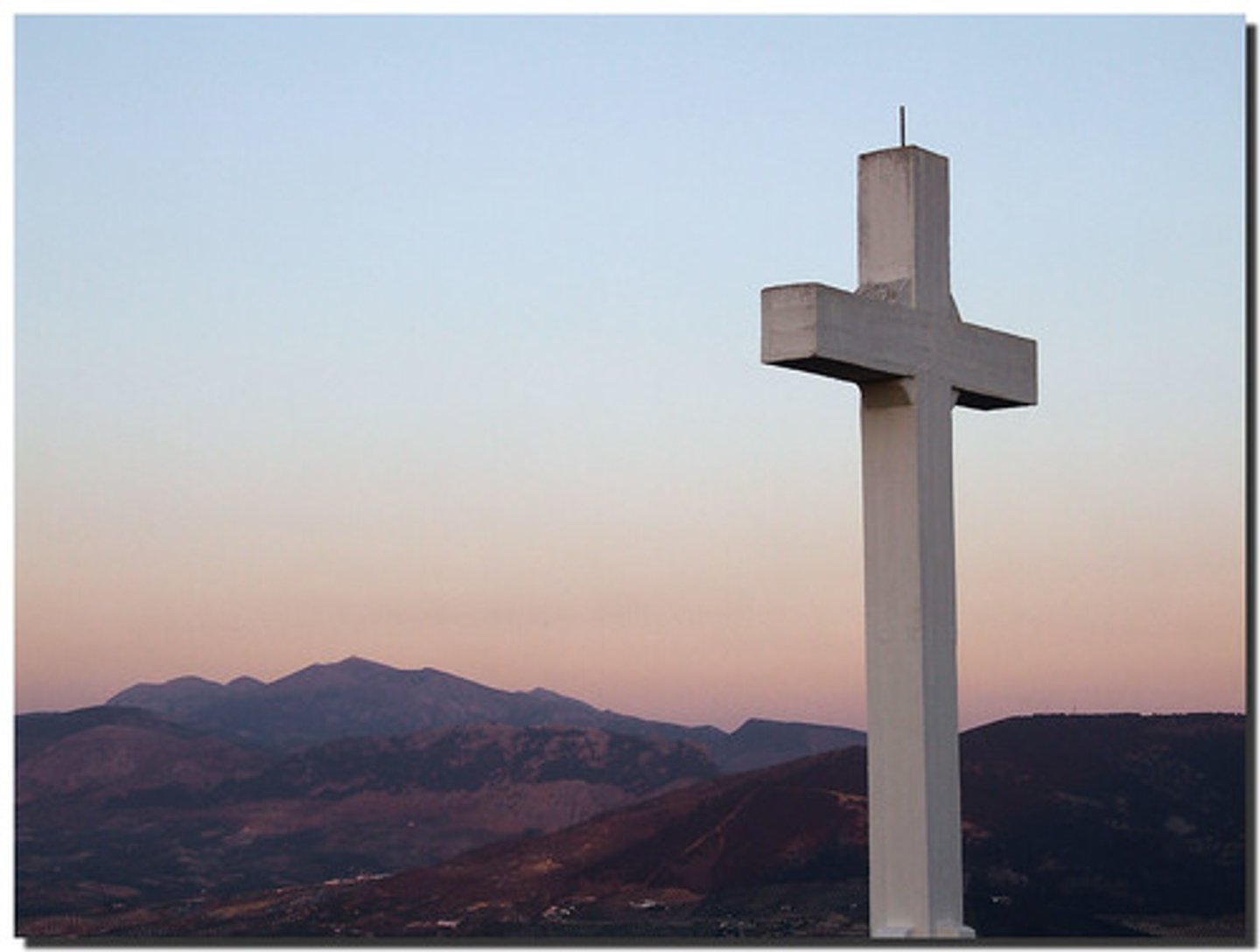
Greco-Roman philosophy
emphasized logic, empirical observation, and the nature of political power and hierarchy
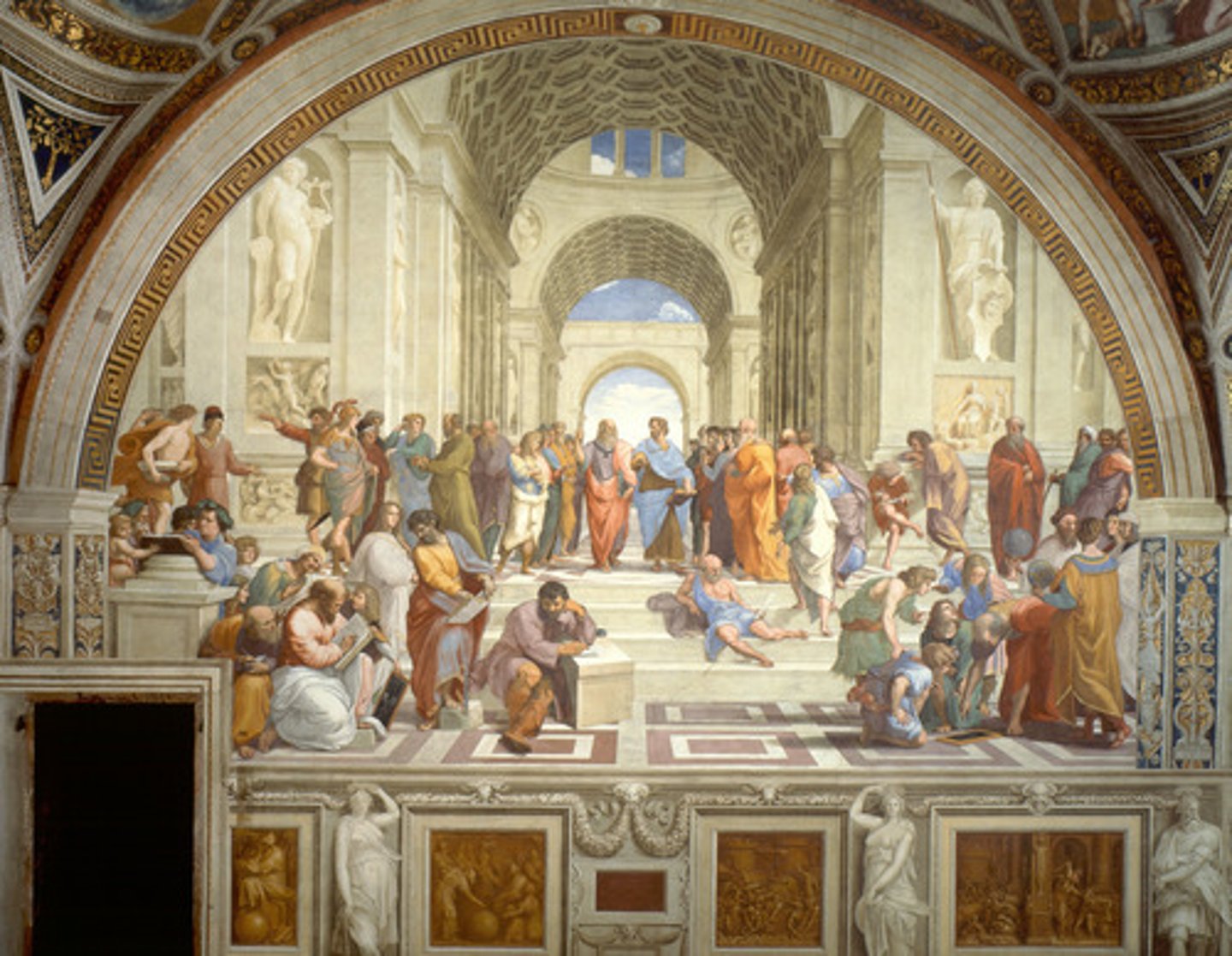
monasticism
Living in a religious community apart from secular society and adhering to a rule stipulating chastity, obedience, and poverty. (Primary Centers of Learning in Medieval Europe) - occurred in Christian and Buddhist communities
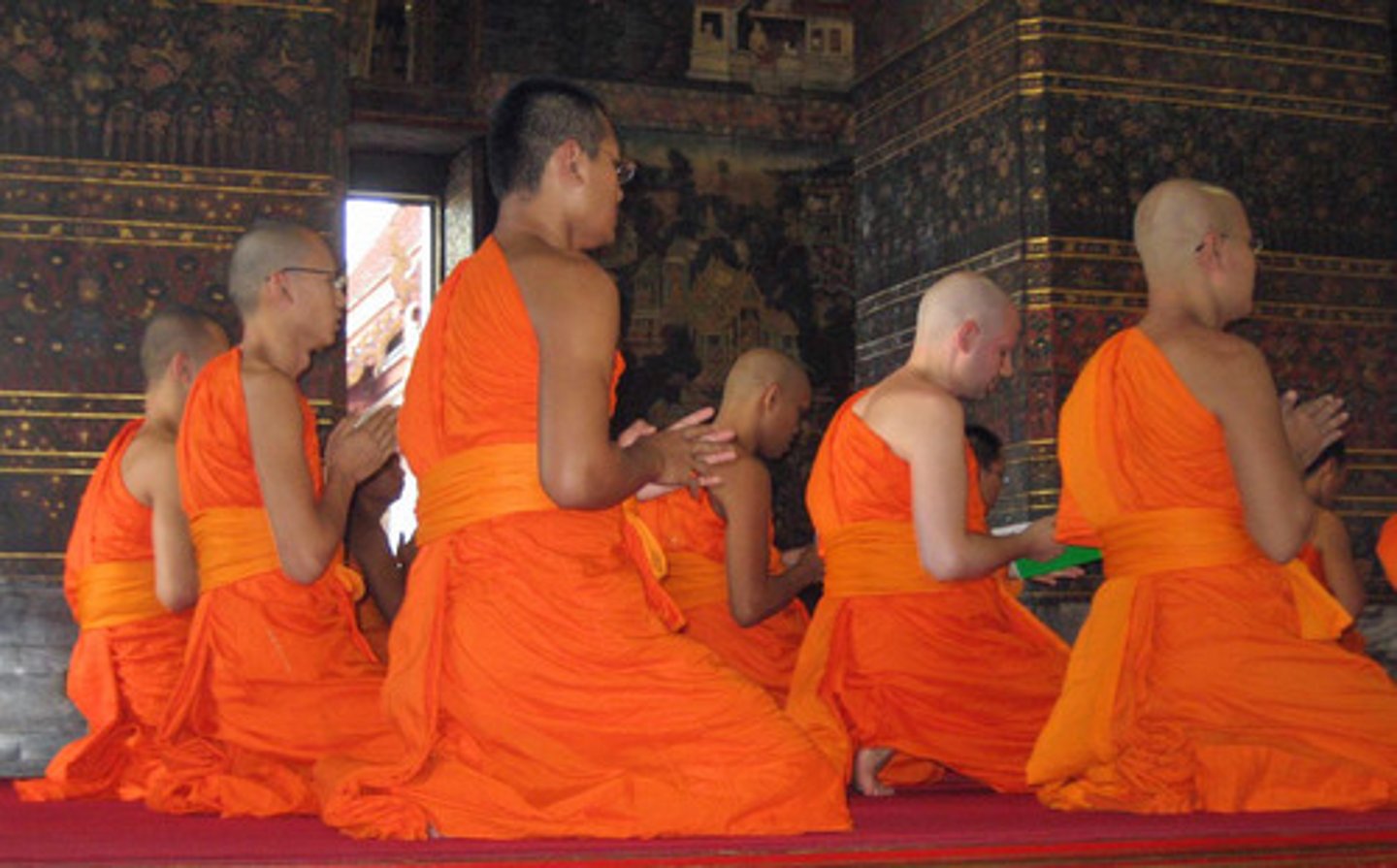
shamanism
tribal religion; involves community acceptance of a shaman, religious leader, healer, and worker of magic who can intercede with the spirit world
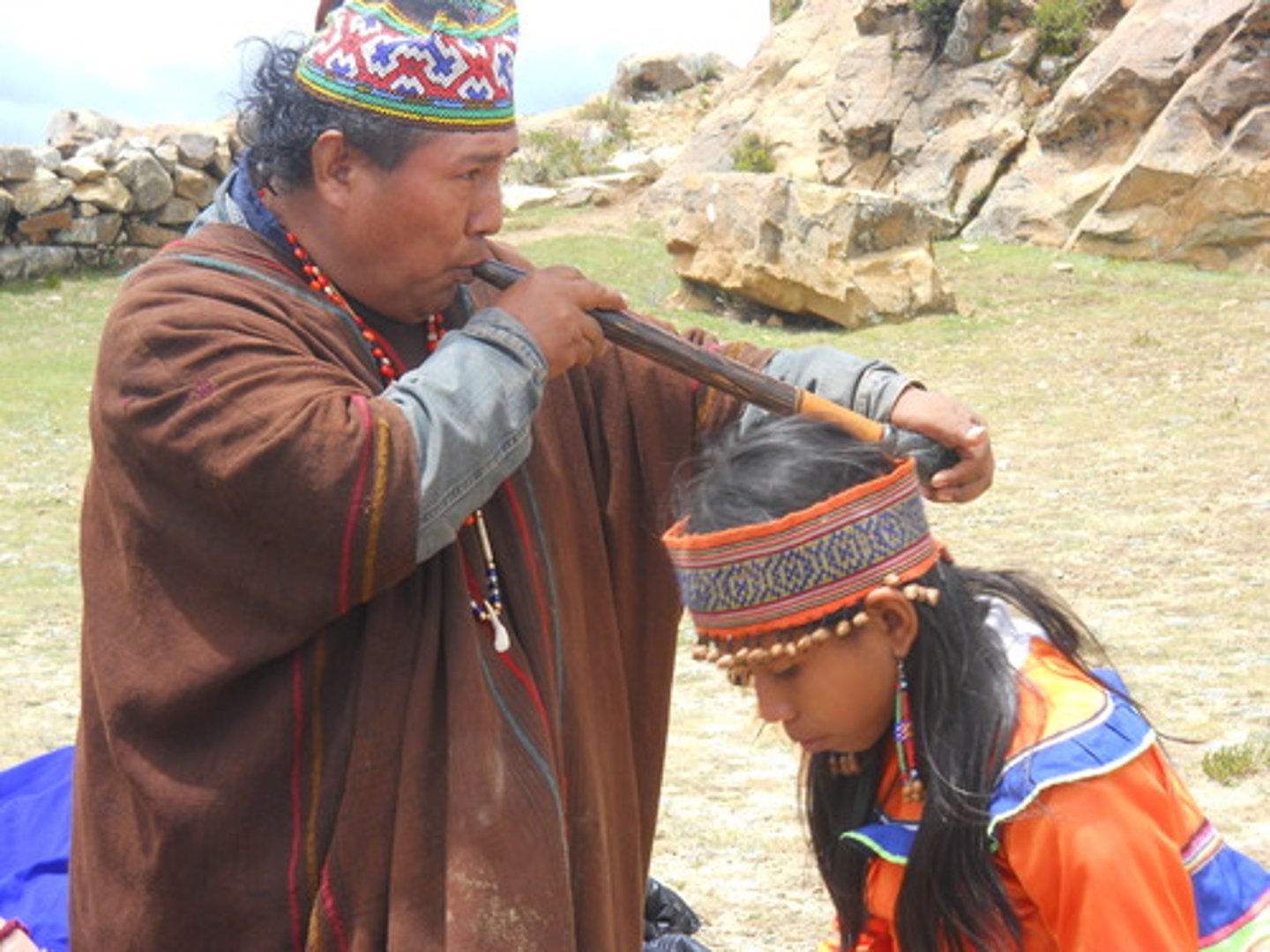
animism
Belief that objects, such as plants and stones, or natural events, like thunderstorms and earthquakes, have a discrete spirit and conscious life.
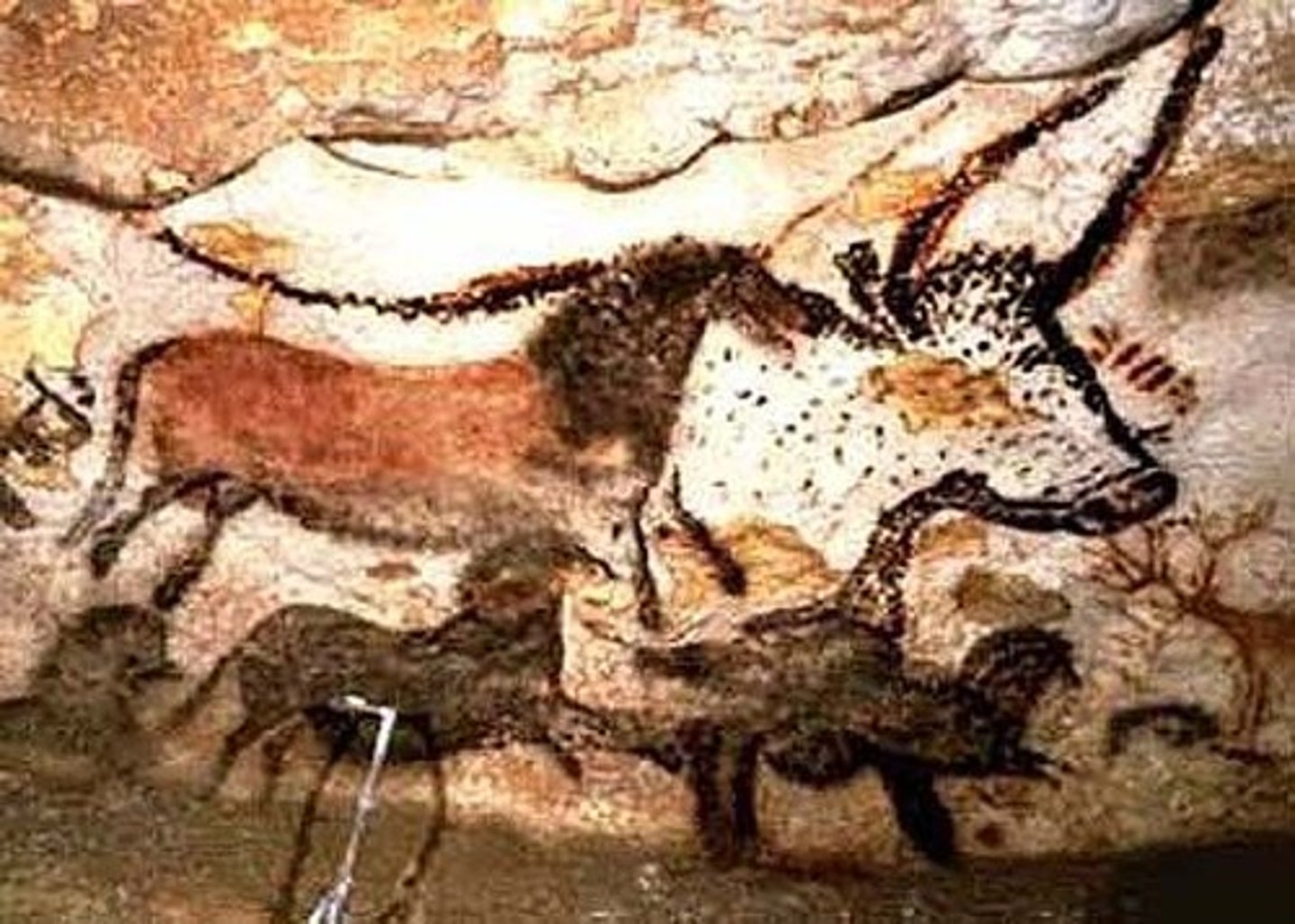
ancestor veneration
Worship and respect for ancestors (occurred in African, Mediterranean, East Asia, and Andean societies during the classical time period)
Sassanid Empire
The name of the last pre-Islamic Iranian (Persian) empire. It was one of the two main powers in Western Asia for a period of more than 400 years. Was founded by Ardashir I after defeating the last Parthian (Arsacid) king, in Persia,also involving a revival of a revival of the Persian religion Zoroastrianism). Fought the Byzantines, which weakened them both.
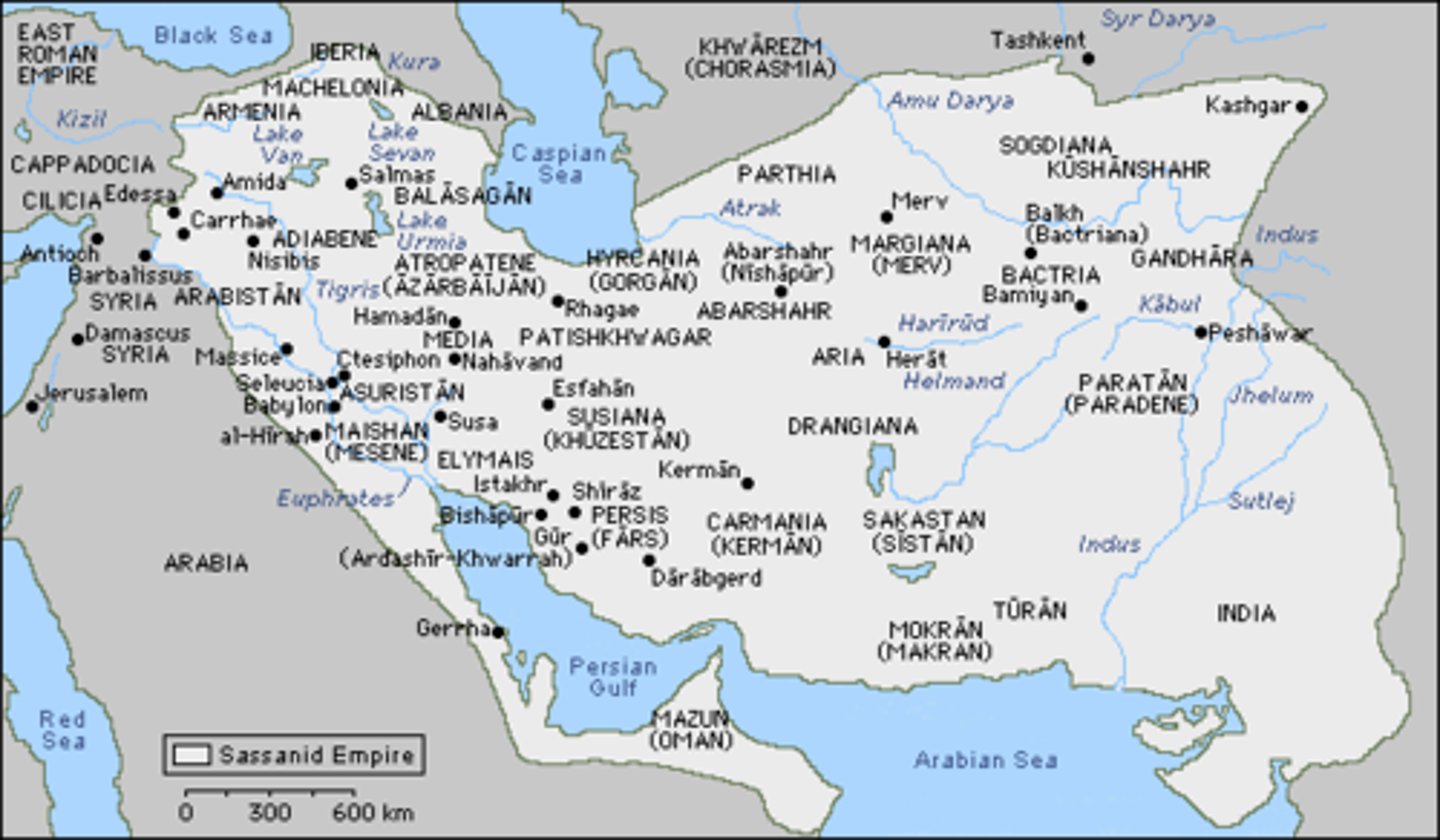
Han Dynasty
(202 BCE-220 CE) This dynasty continued the centralization of the Qin Dynasty, but focused on Confucianism and education instead of Legalism.
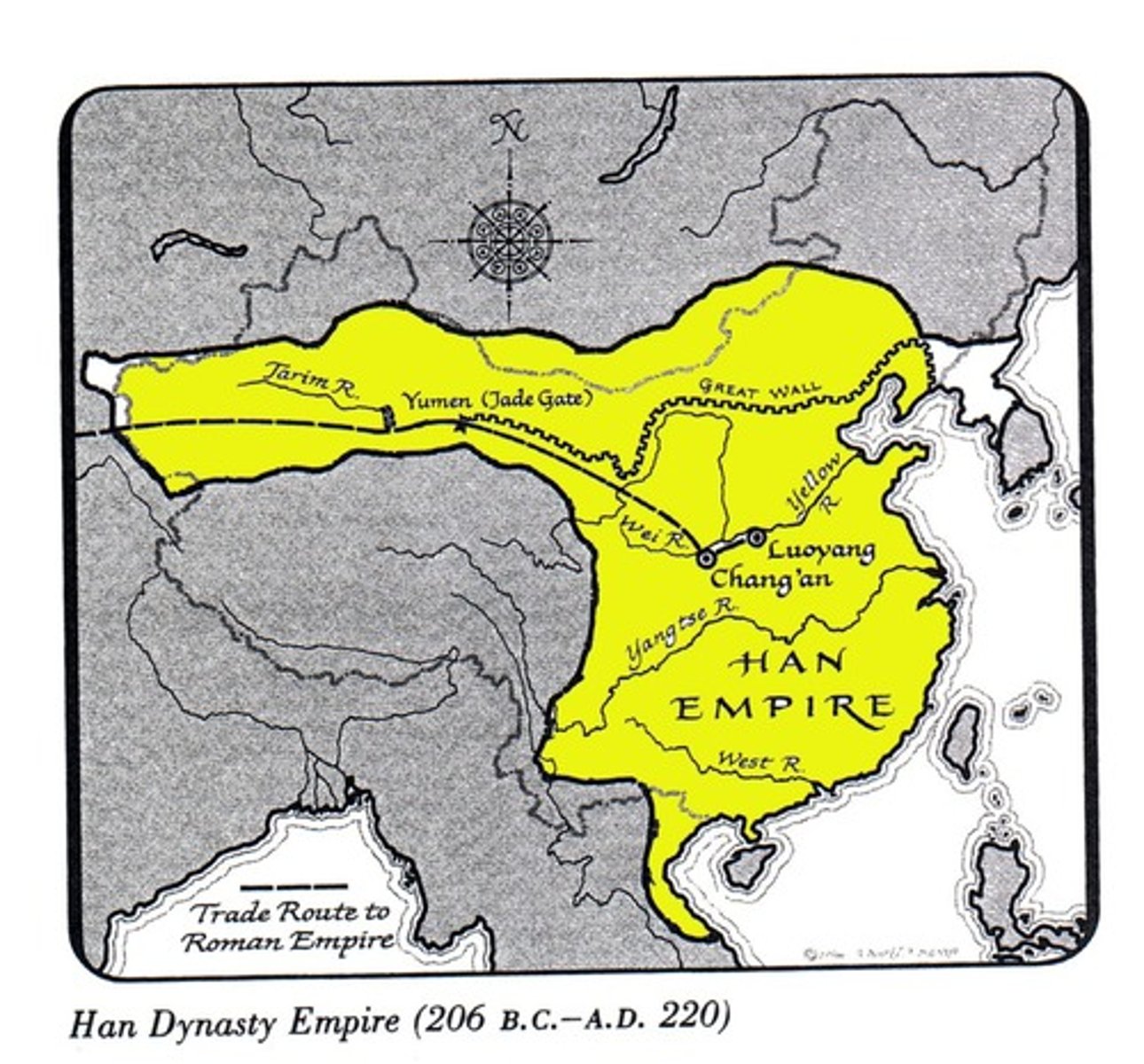
Mauryan Empire
The first state to unify most of the Indian subcontinent. It was founded by Chandragupta Maurya in 324 B.C.E. and survived until 184 B.C.E. From its capital at Pataliputra in the Ganges Valley it grew wealthy from taxes.
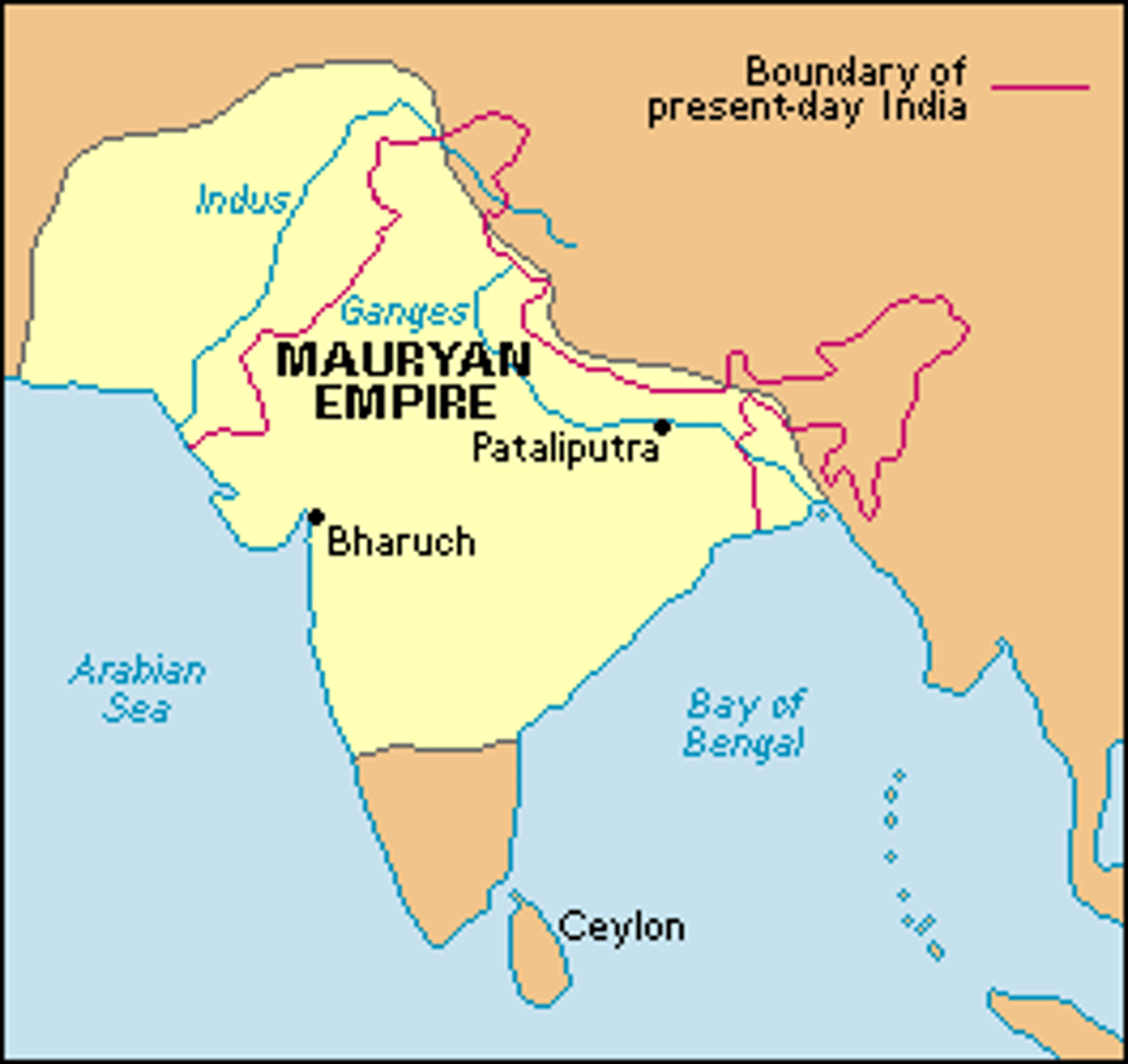
Hellenistic Empire
(The spread of Greek culture) of or relating to Greek history, language, and culture from the death of Alexander the Great to the defeat of Cleopatra and Mark Antony by Octavian in 31 BC. During this period Greek culture flourished, spreading through the Mediterranean and into the Near East and Asia and centering on Alexandria in Egypt and Pergamum in Turkey
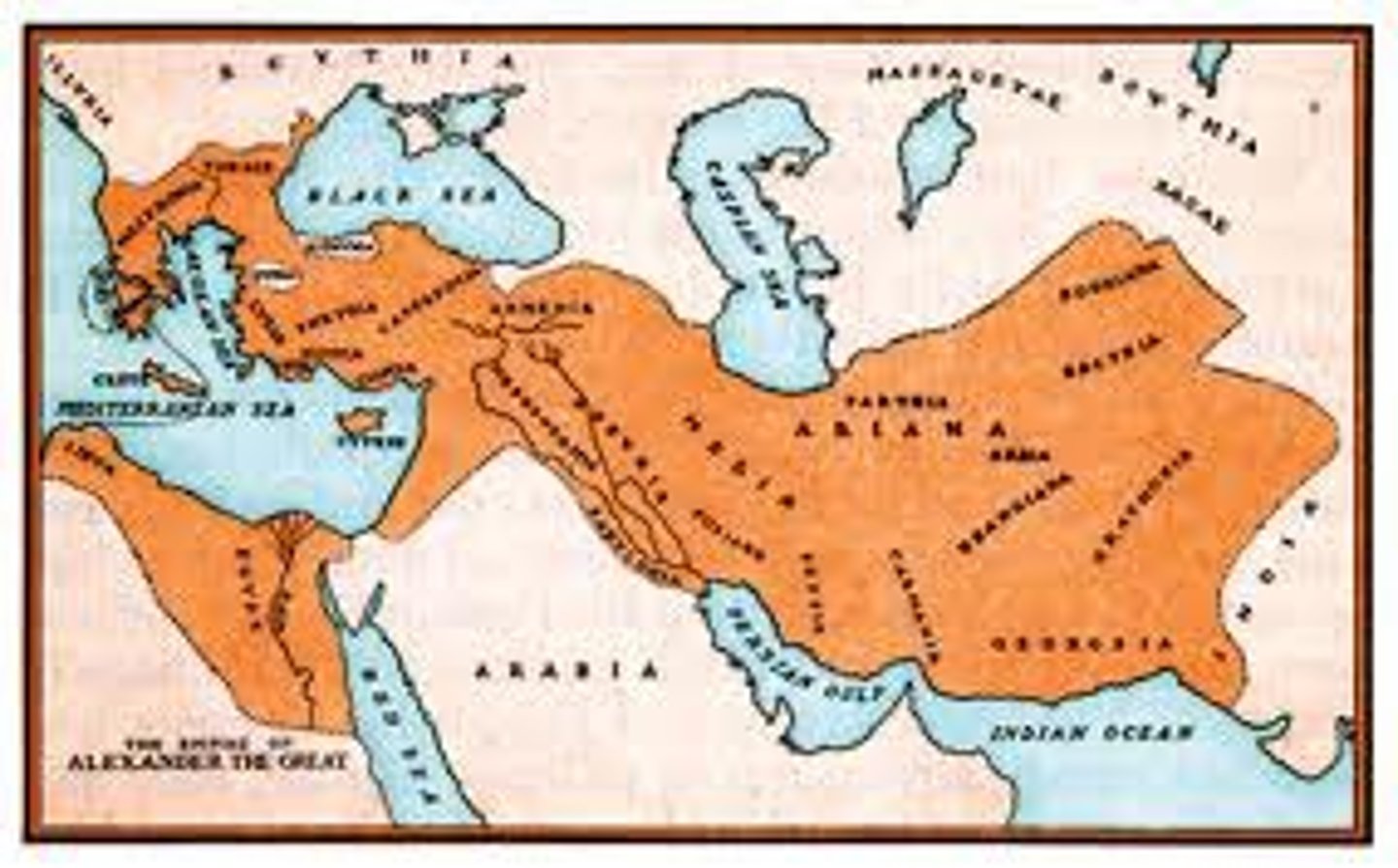
Mayans
1500 B.C. to 900 A.D. This is the most advanced civilization of the time in the Western Hemisphere. Famous for its awe-inspiring temples, pyramids and cities. A complex social and political order.
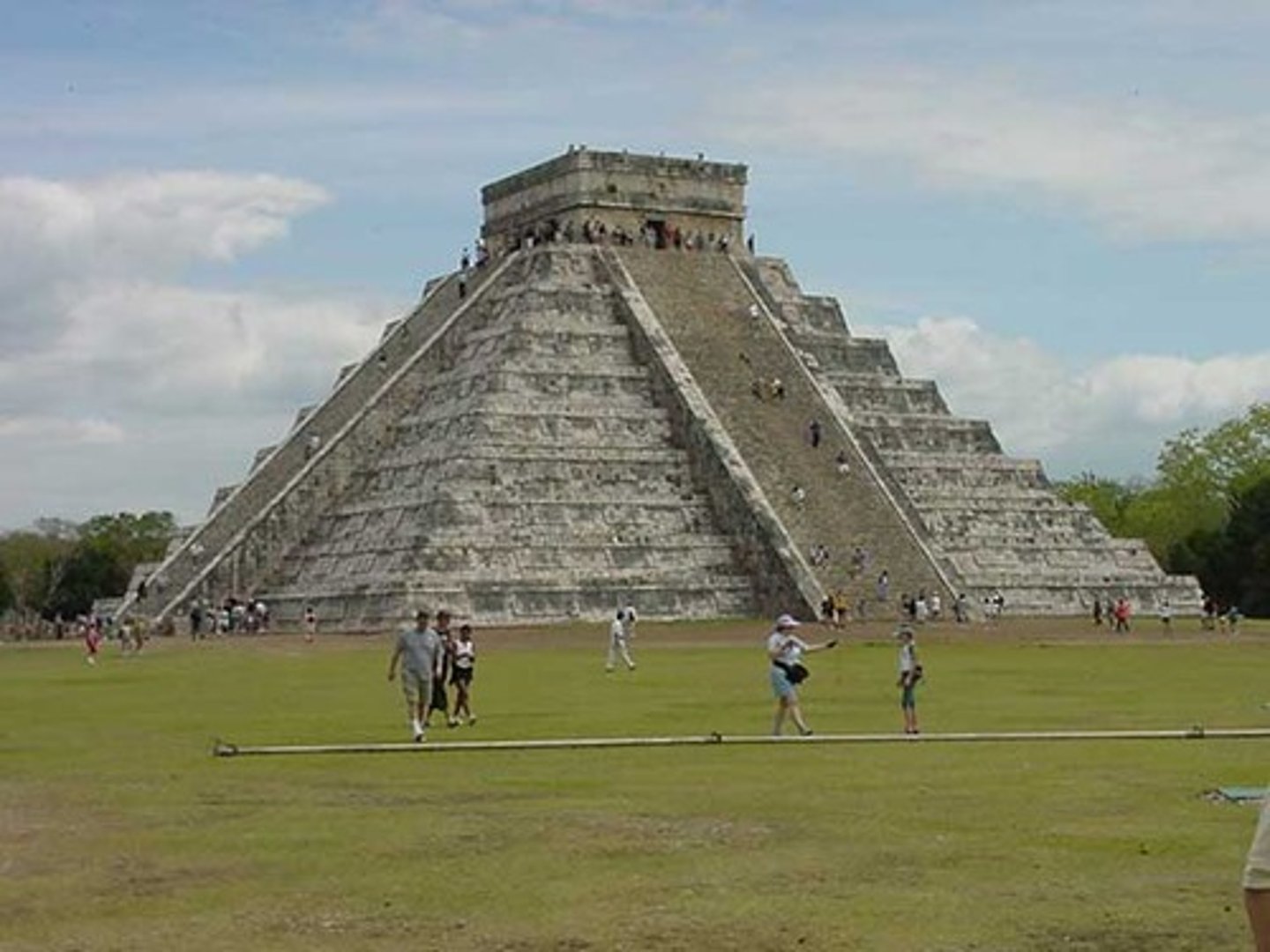
Greek city-states
Polis, farmer-warriors; culturally unified (Homer, language) but politically diverse (kingship and democracy), unified by a language, polytheistic religion, and culture - otherwise very distinct
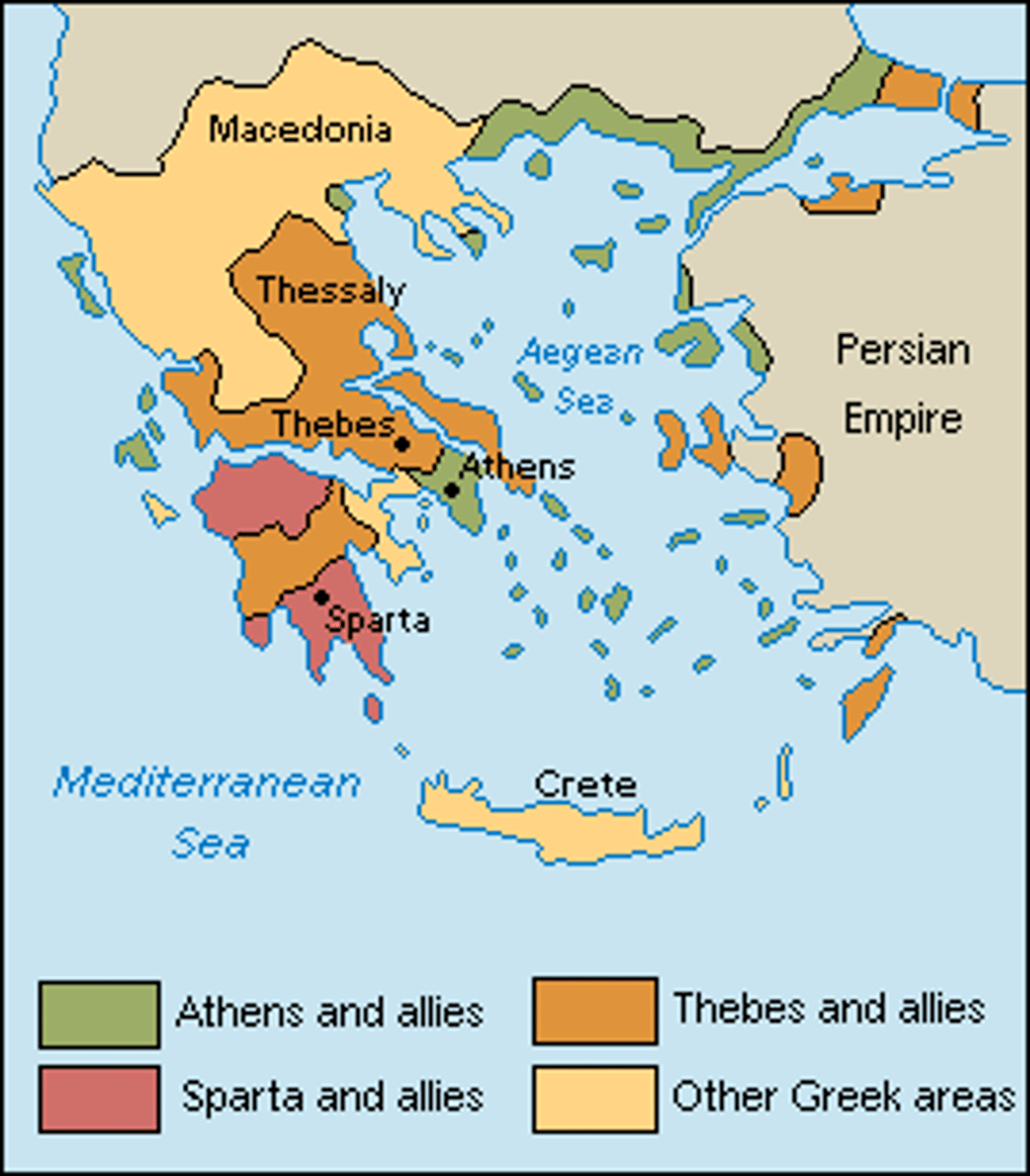
centralized government
A government in which power is concentrated in a central authority to which local governments are subject (ex: China, Rome, Byzantines, etc)
qanat system
a traditional system of gravity-fed irrigation that uses gently sloping tunnels to capture groundwater and direct it to low-lying fields
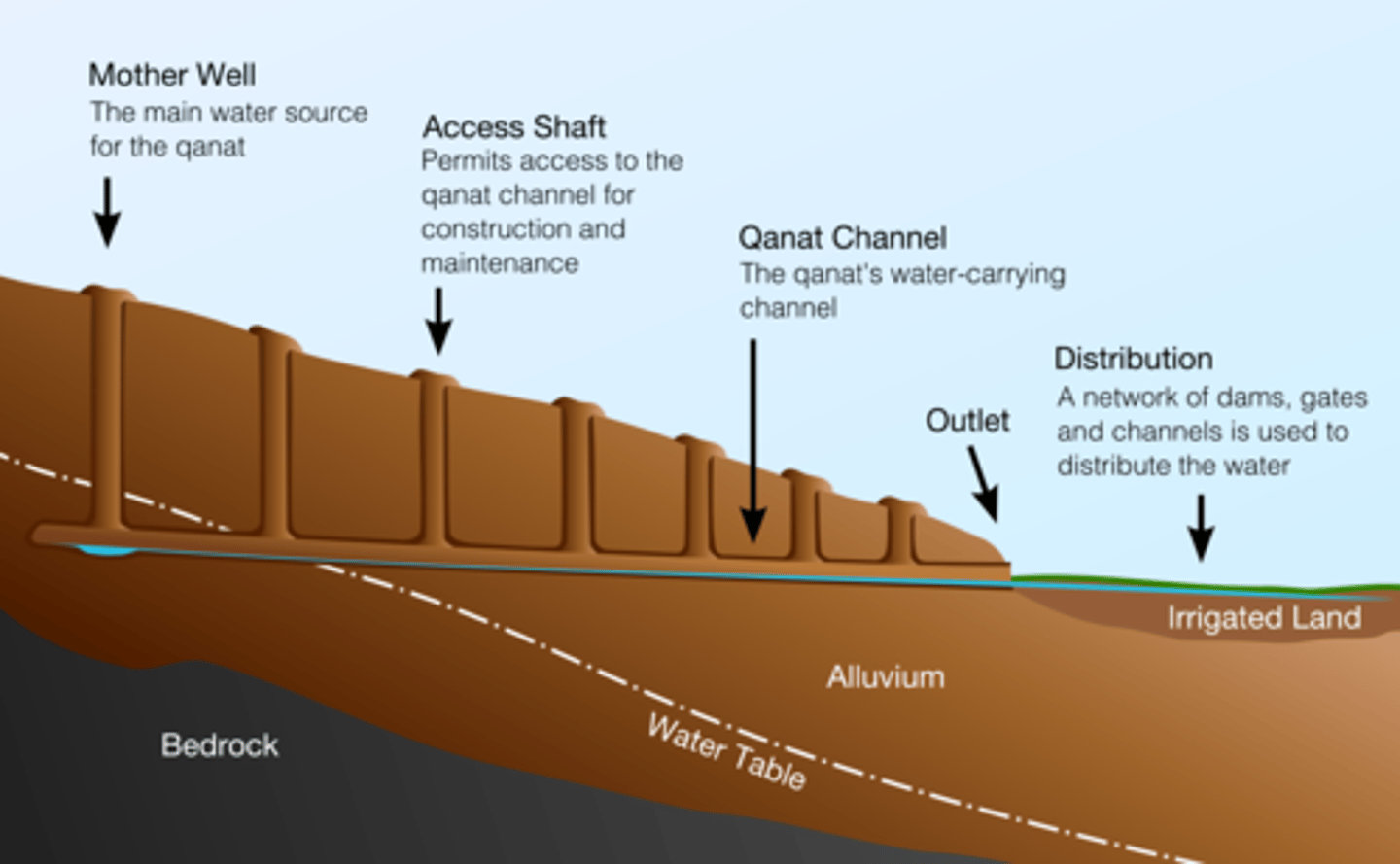
champa rice
Quick-maturing rice that can allow two harvests in one growing season. Originally introduced into Champa from India, it was later sent to China as a tribute gift by the Champa state (as part of the tributary system.)
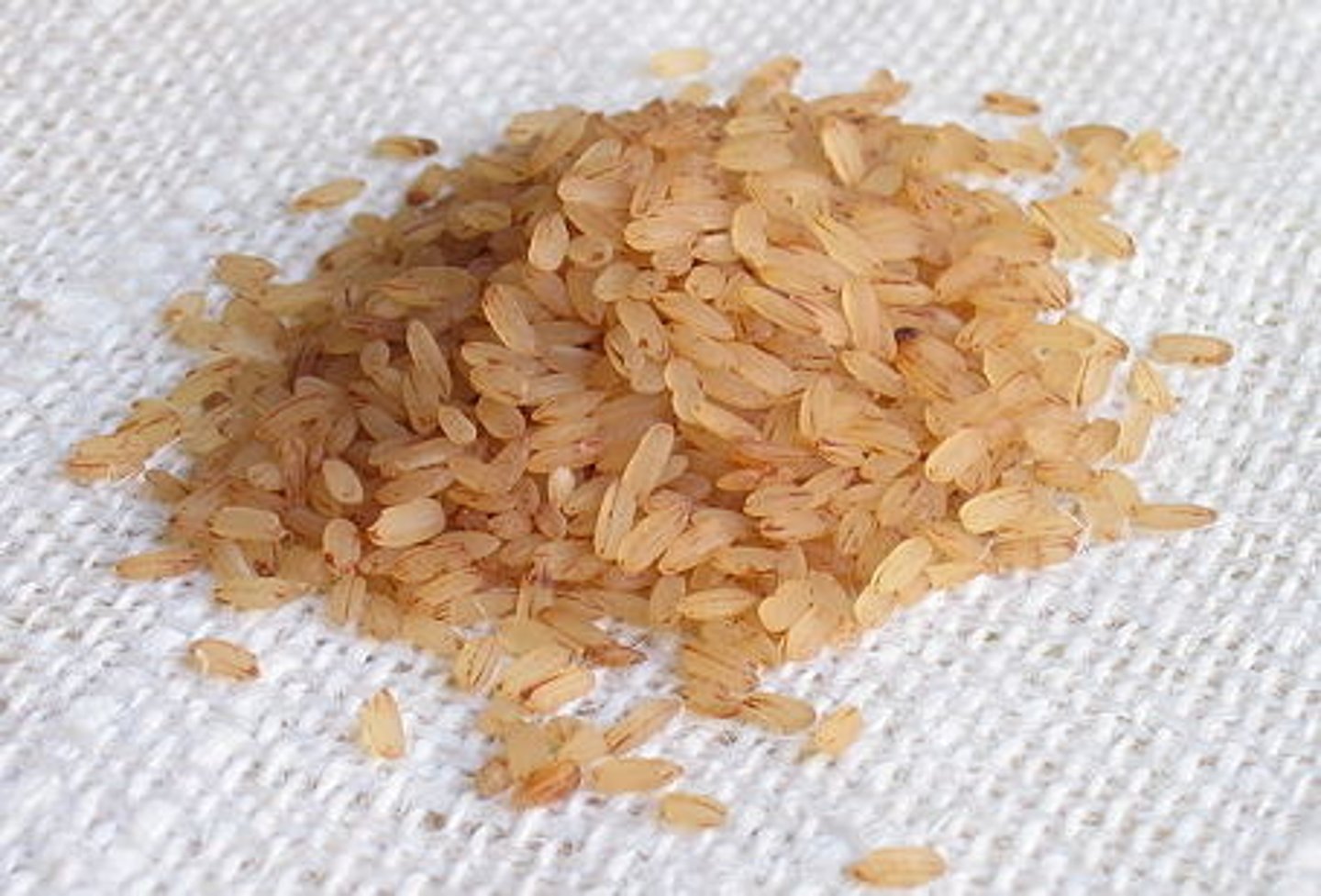
stirrup
device for securing a horseman's feet, enabling him to wield weapons more effectively. First evidence of the use of stirrups was among the Kushan people of northern Afghanistan in approximately the first century C.E.

lateen sail
triangular sail that made it possible to sail against the wind; used in the Indian Ocean trade
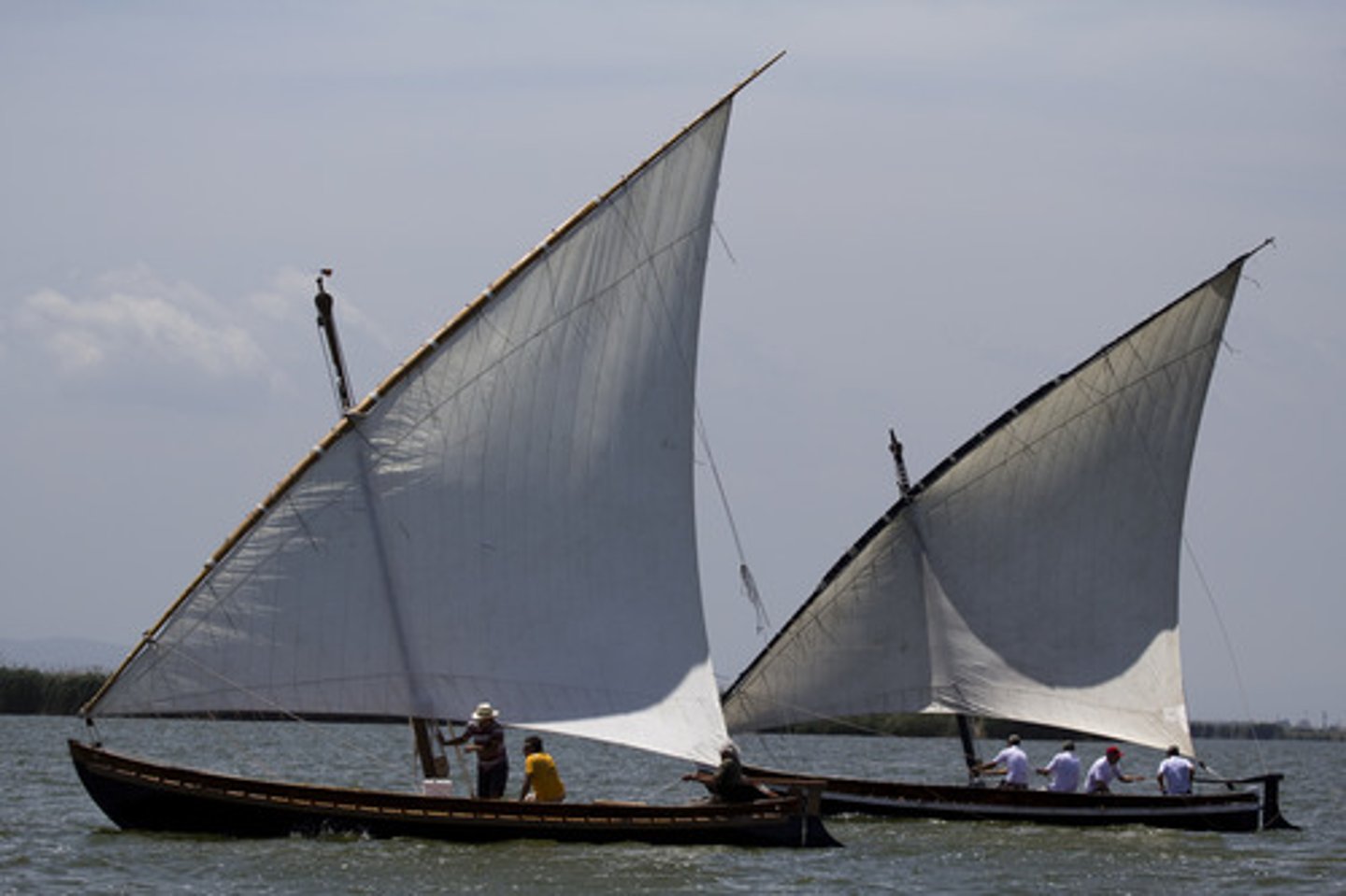
dhow ship
emerged in middle east; sturdy enough to carry a lateen sail to cross open water; vessel of commerce and used in the Indian Ocean
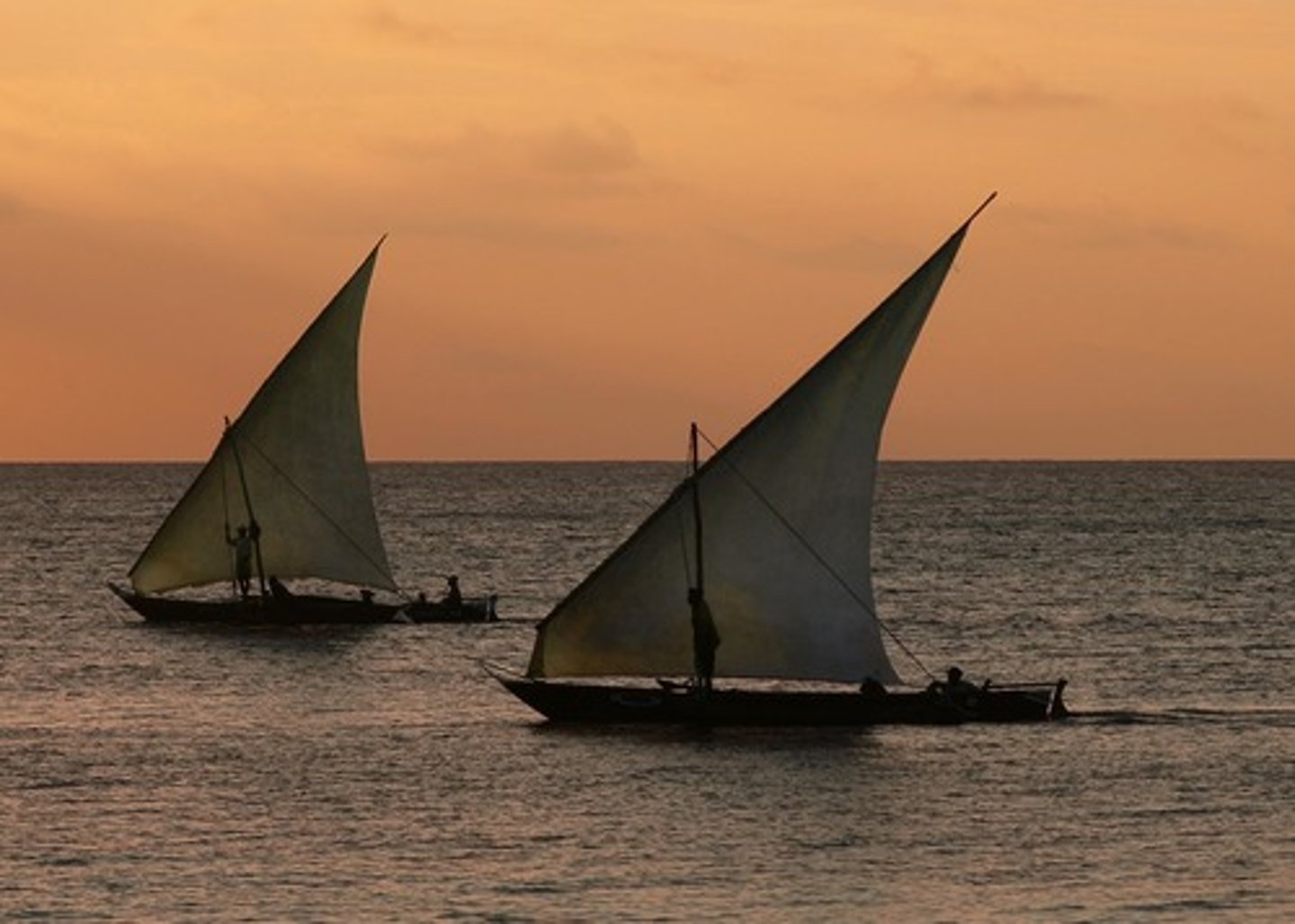
caste
(n.) any of the social or subclasses of traditional Hindu society, such as the Brahman or Sudra castes; a social class distinct from others and characterized by hereditary rank, profession or wealth; (n.) a social position conferred on someone based on a system of castes
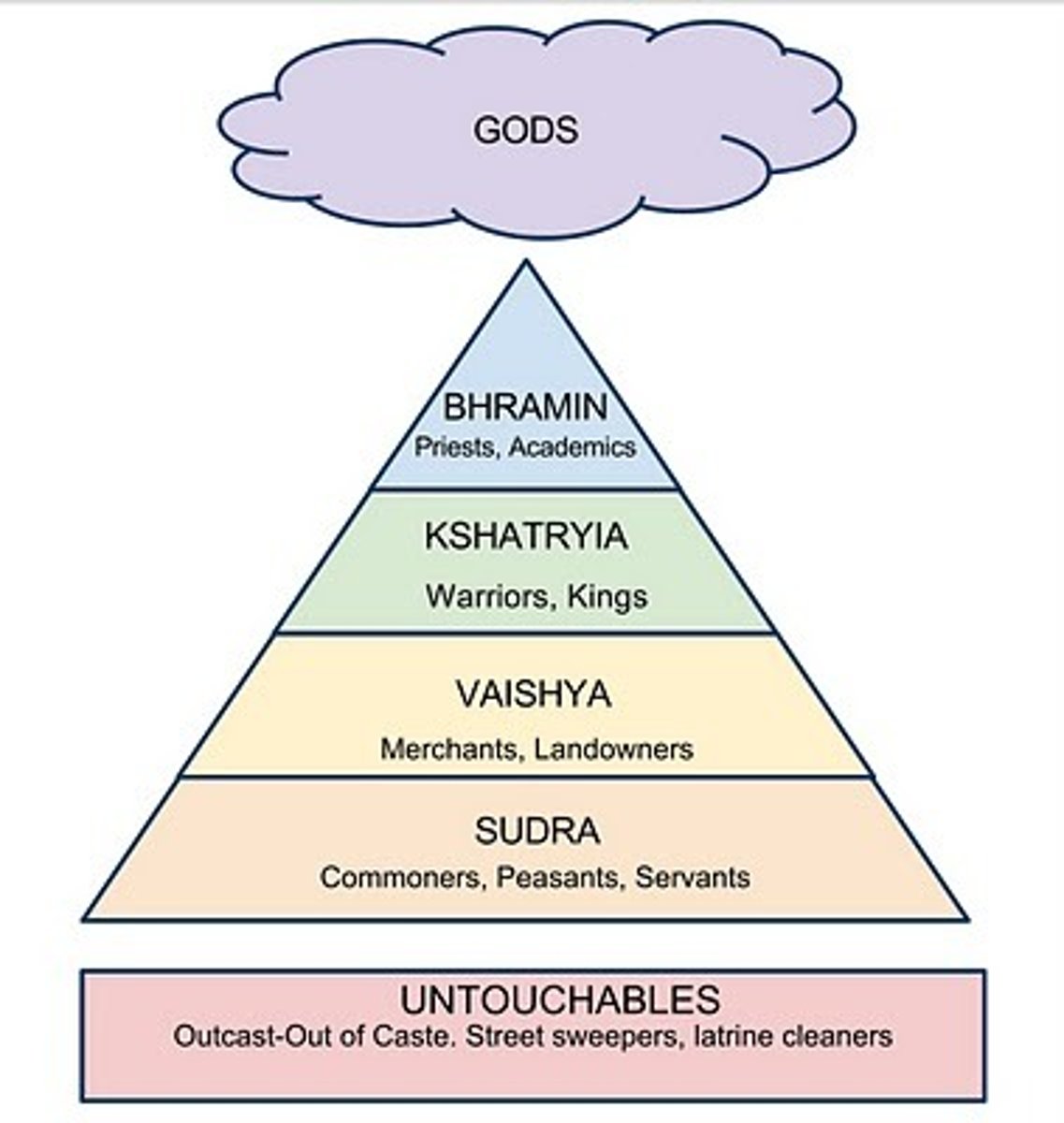
Silk Road
An ancient trade route between China and the Mediterranean Sea extending some 6,440 km (4,000 mi) and linking China with the Roman Empire. Other info: facilitated by pastoral groups, trade of luxury goods, use of camel caravans

caravanserai
Fortified inns that were built along trade routes in Central and Western Asia in the twelfth century to provide food, lodging, and protection for merchants traveling with camels, donkeys, and horses.
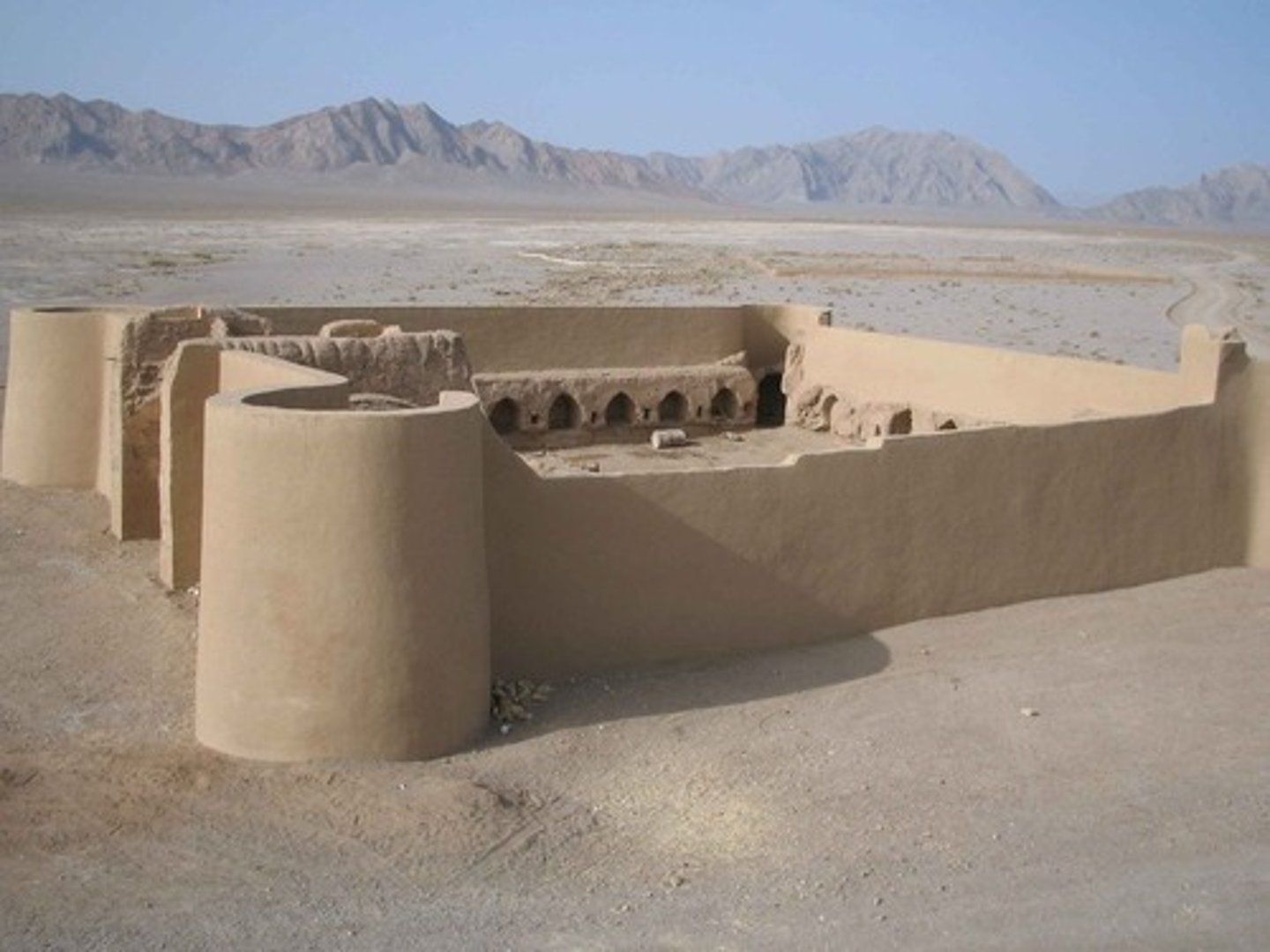
Trans-Saharan trade
route across the sahara desert. Major trade route that traded for gold and salt, created caravan routes, economic benefit for controlling dessert, camels played a huge role in the trading
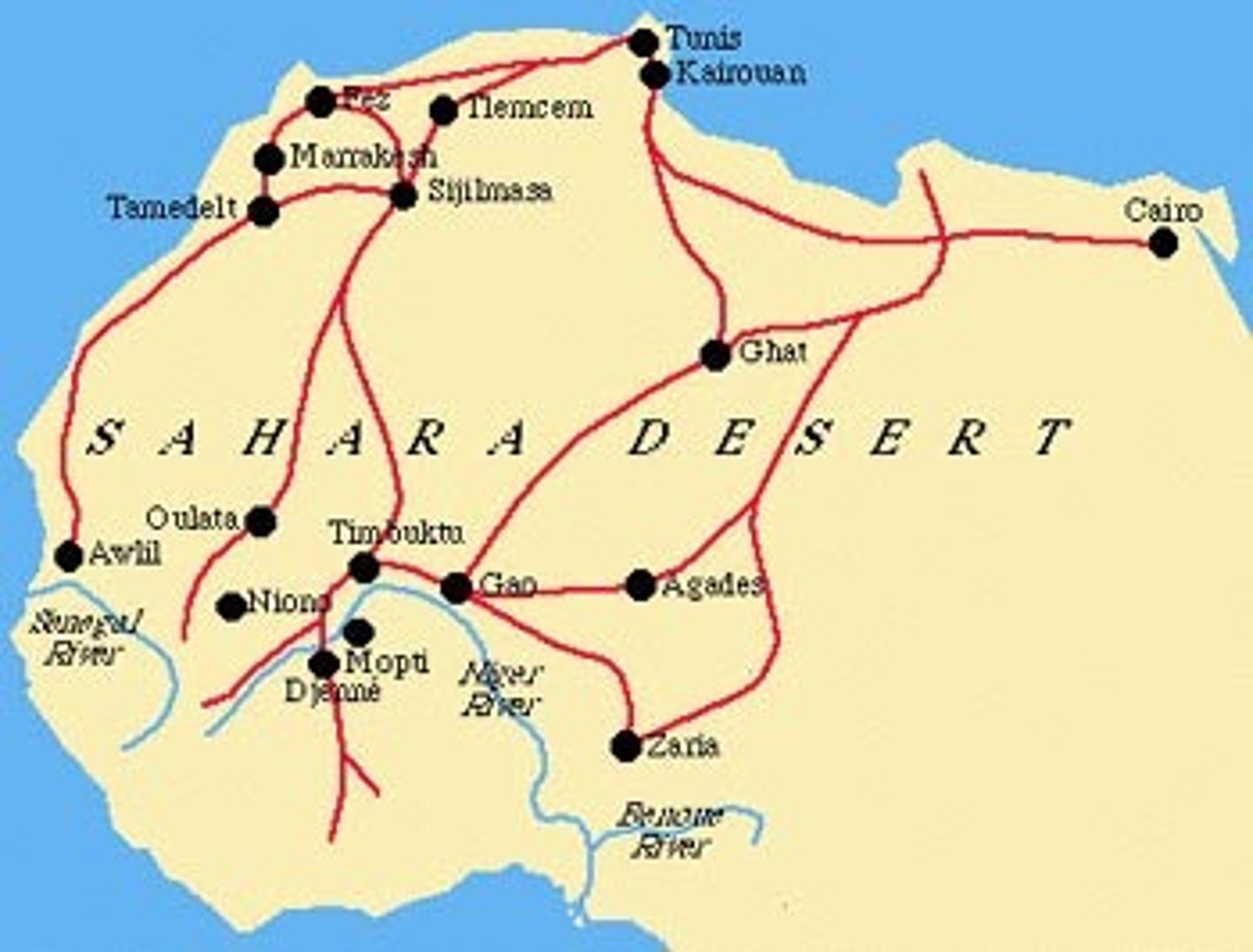
Indian Ocean trade
Connected to Europe, Africa, and China. Worlds richest maritime trading network and an area of rapid Muslim expansion. Spices, slaves, silk, ivory, gold, and many other items crossed through the Indian Ocean, and the spread of Islam owed much to the trade network.
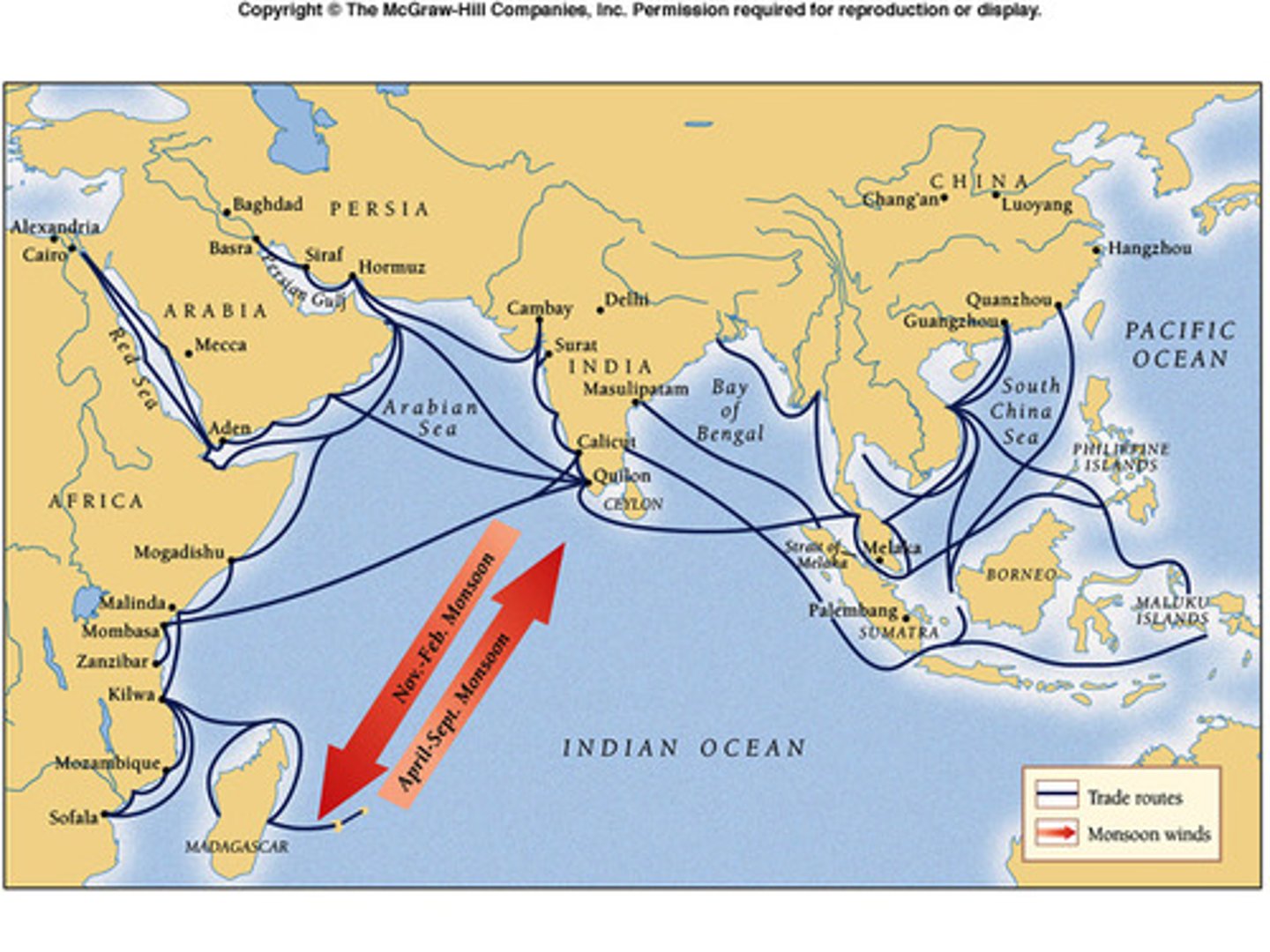
Gupta
Powerful Indian state based in the Ganges Valley. It controlled most of the Indian subcontinent through a combination of military force and its prestige as a center of sophisticated culture. Often associated with a Golden Age of classical India.
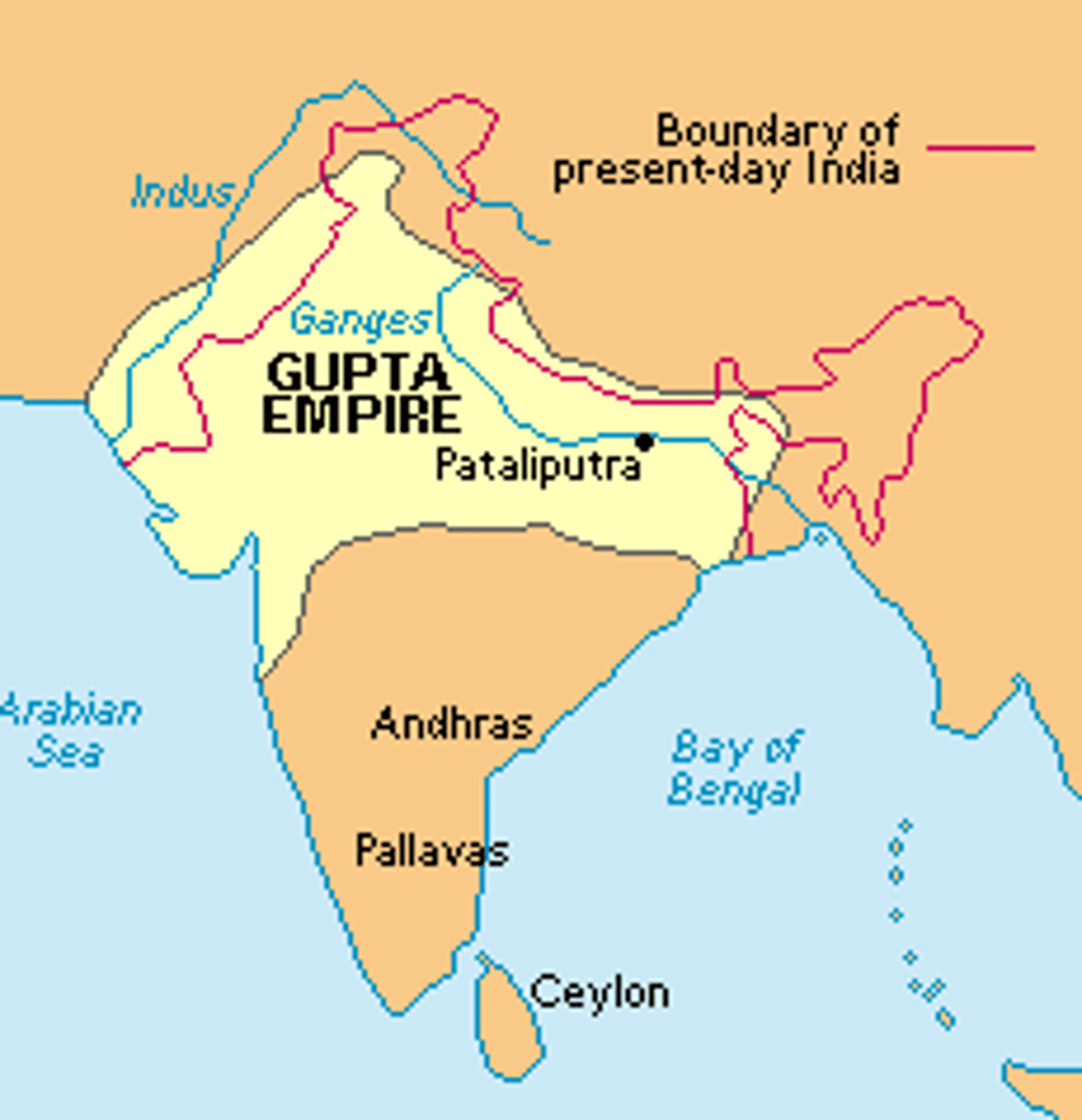
Phoenicians
located on eastern Mediterranean coast; invented the alphabet which used sounds rather than symbols like cuneiform
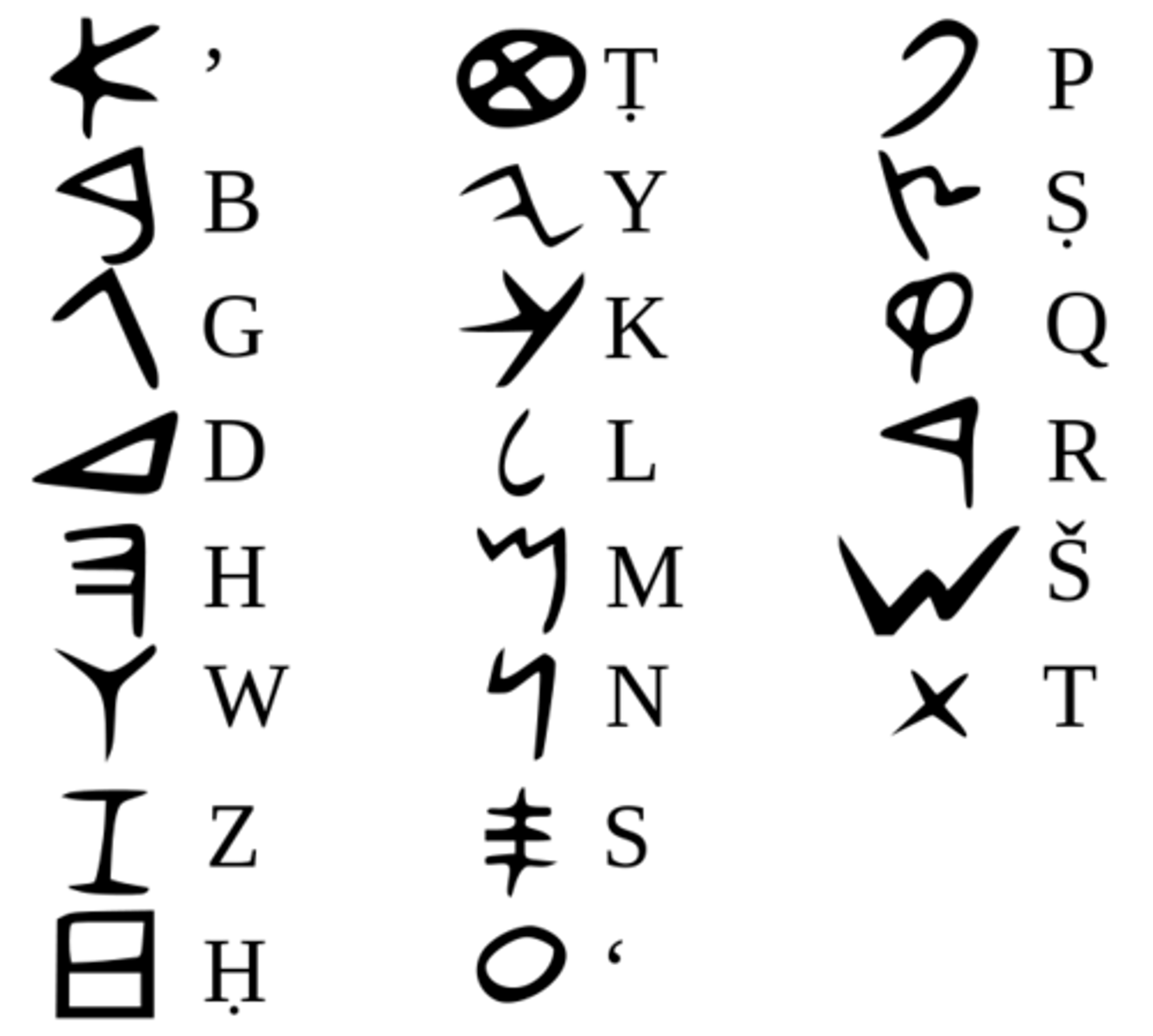
collapse of classical empires
spread of disease, over-expansion, corrupt governments, invasions by nomadic/pastoral groups, over-taxation of peasants, food shortages
Legalism
Chinese philosophy developed by Hanfeizi; taught that humans are naturally evil and therefore need to be ruled by harsh laws; embraced by the Qin Dynasty
Daoism
Chinese religion that believes the world is always changing and is devoid of absolute morality or meaning. They accept the world as they find it, avoid futile struggles, and deviate as little as possible from "the Tao/Dao" also known as "the way" or "path" of nature; emphasized living in harmony with nature; ying and yang